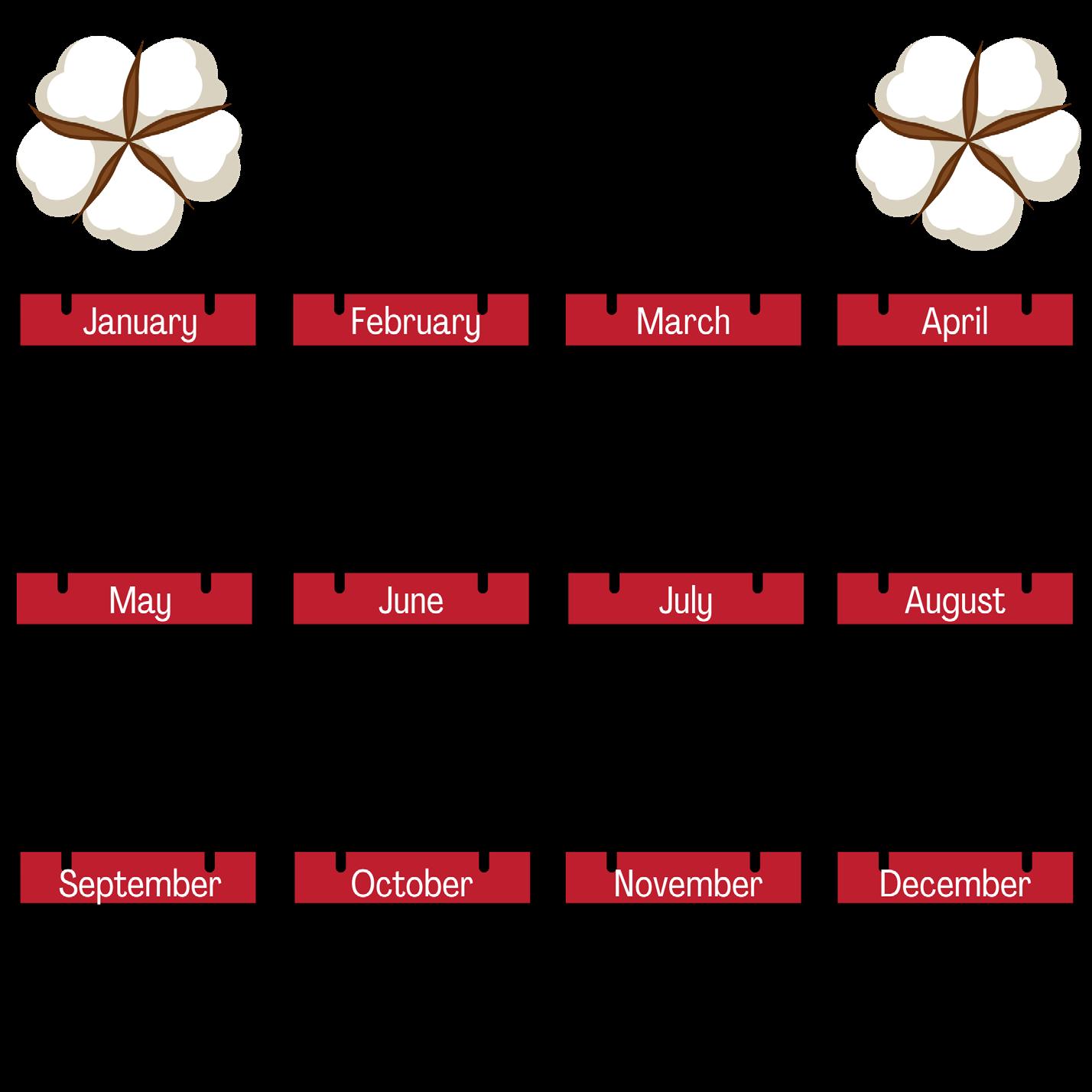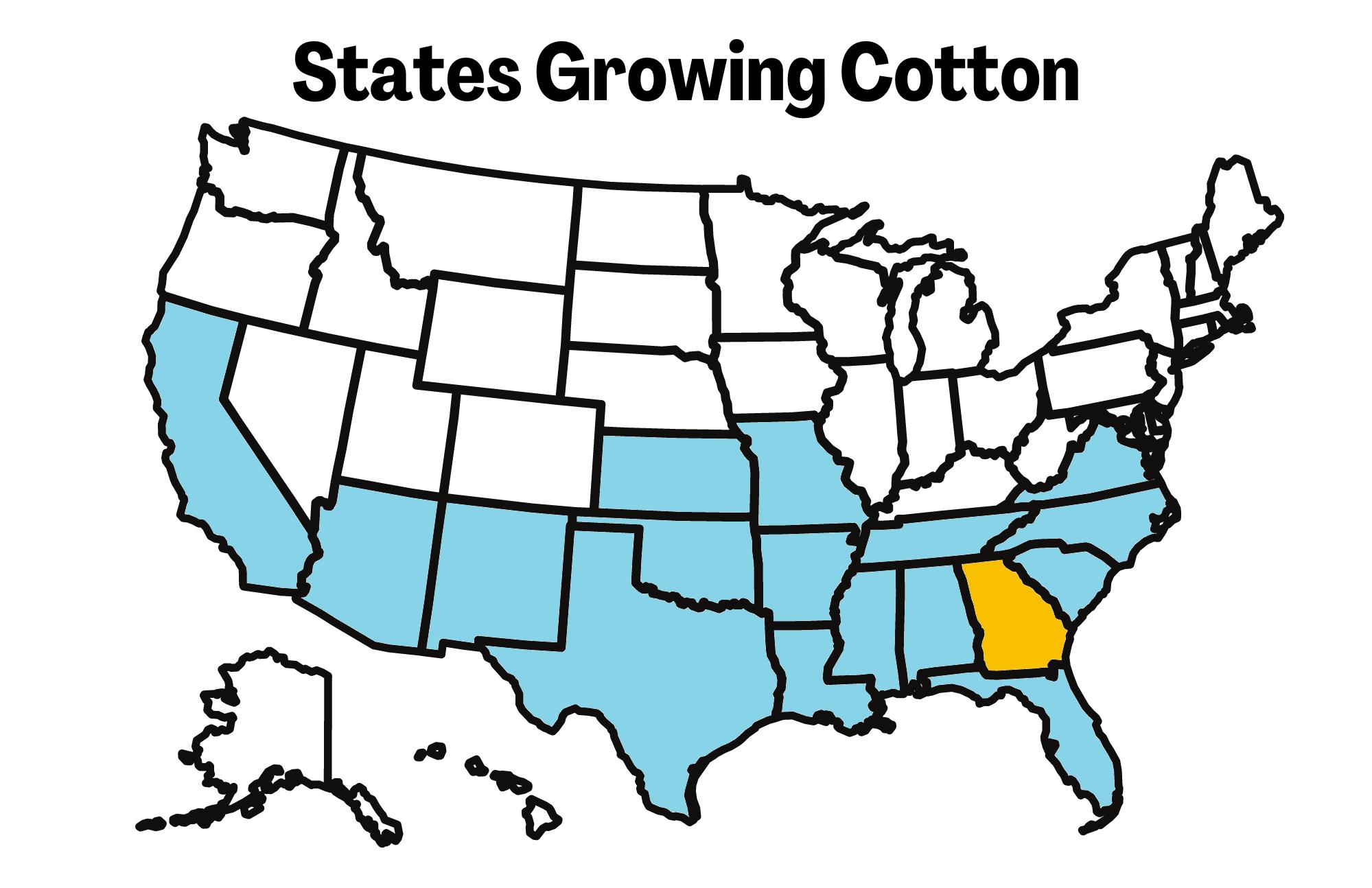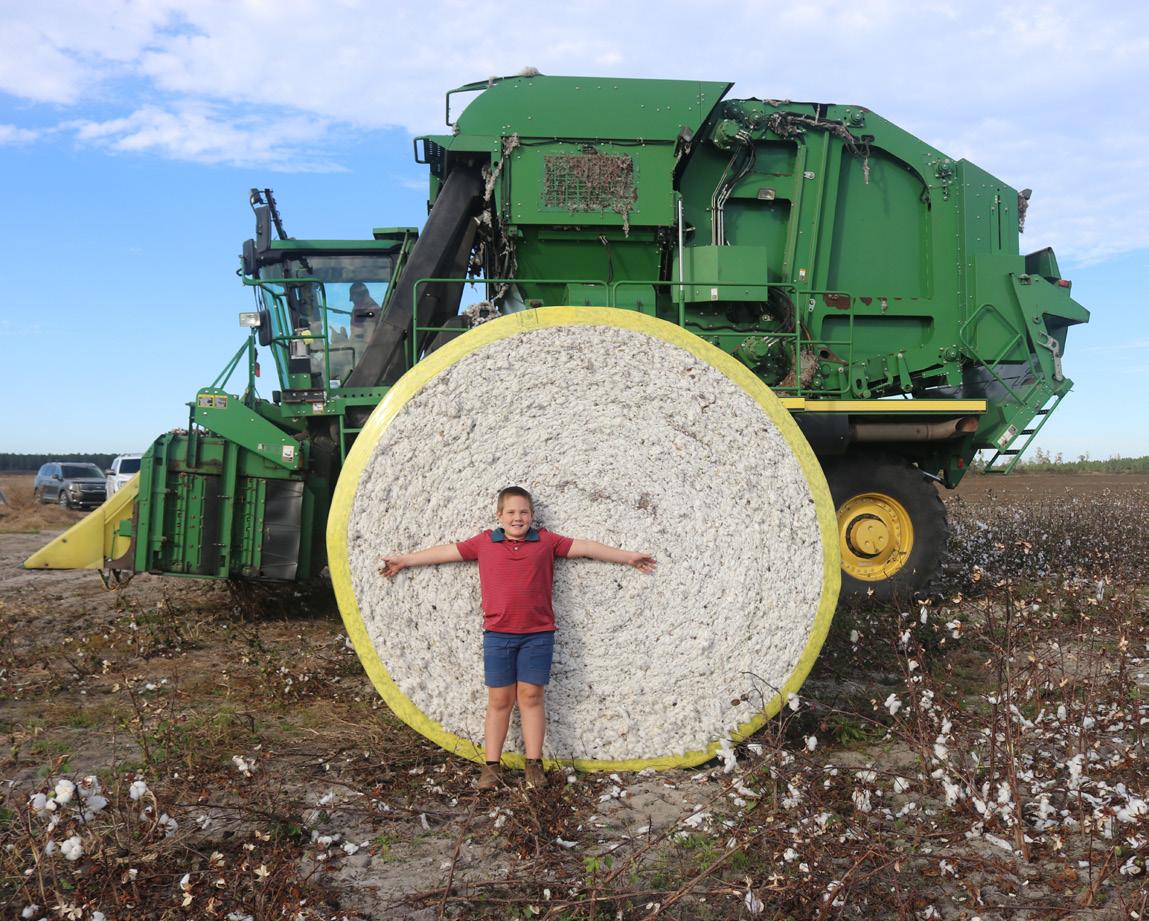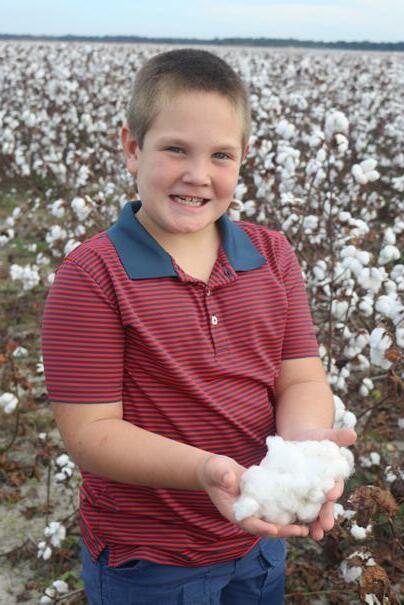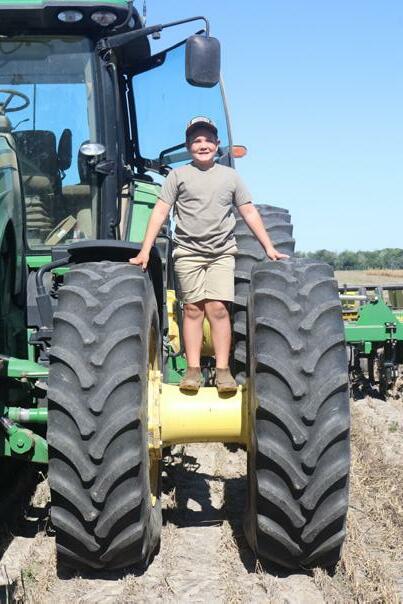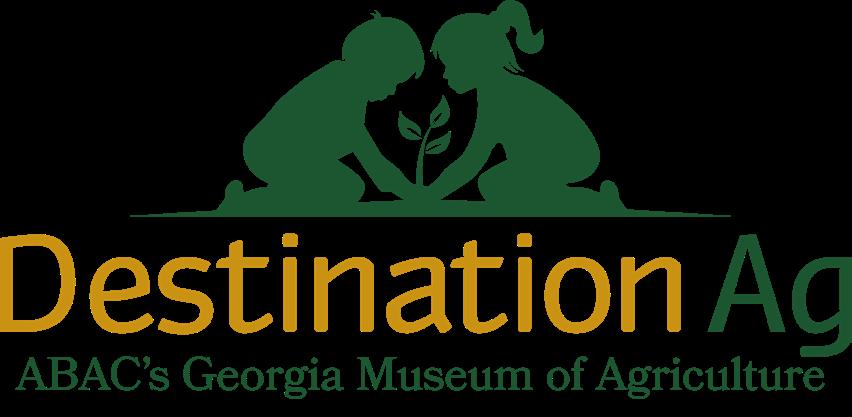Cotton Farm
 Abraham Baldwin Agricultural College’s
Abraham Baldwin Agricultural College’s
The Working Cotton Farmer
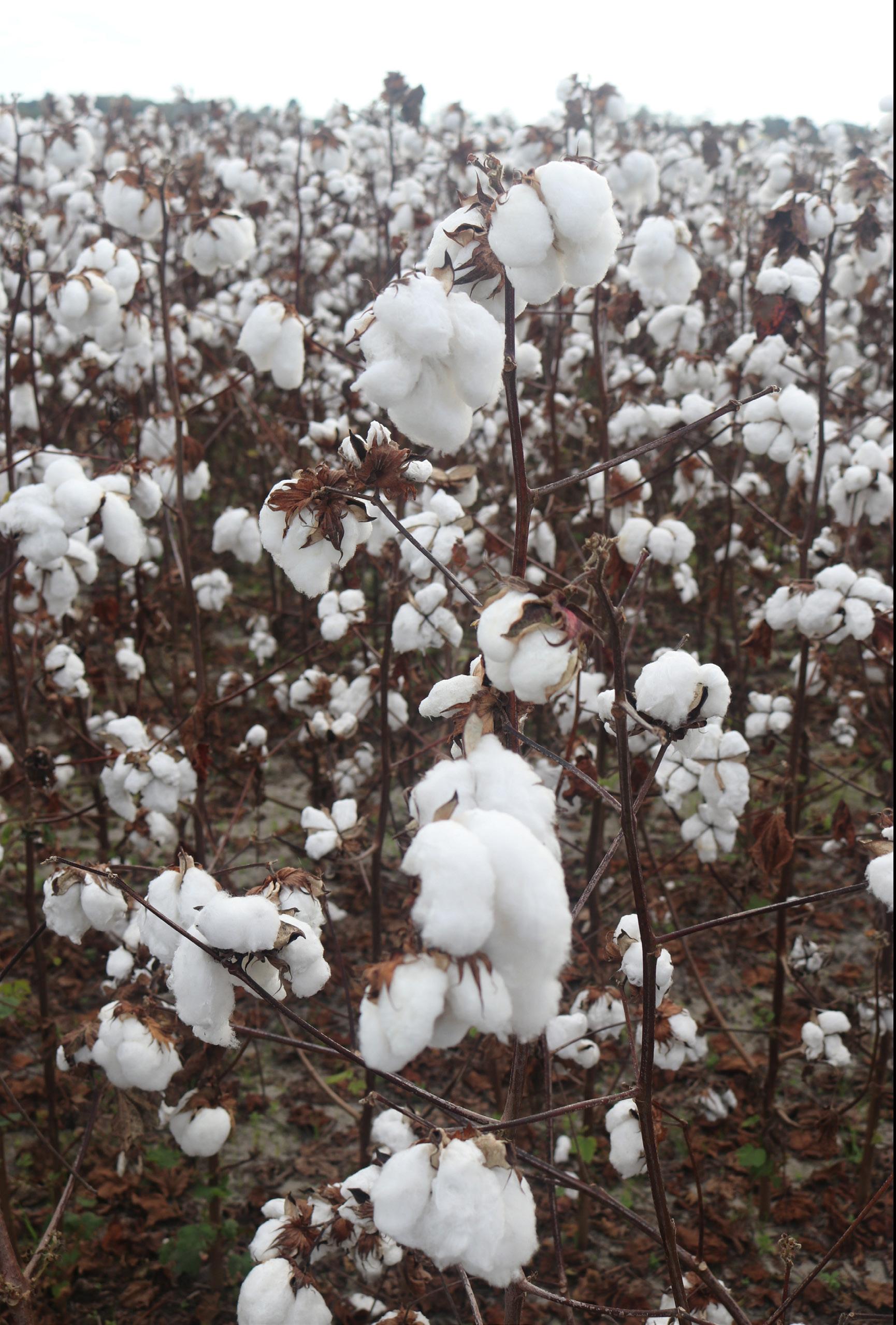
My Family’s
Cotton Farm
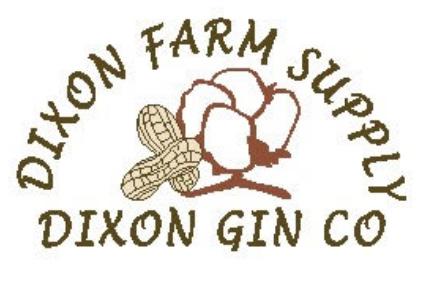
Published as a special project of Destination Ag at Abraham Baldwin Agricultural College’s Georgia Museum of Agriculture to advance agriculture literacy in Georgia 2022 Project Partners:
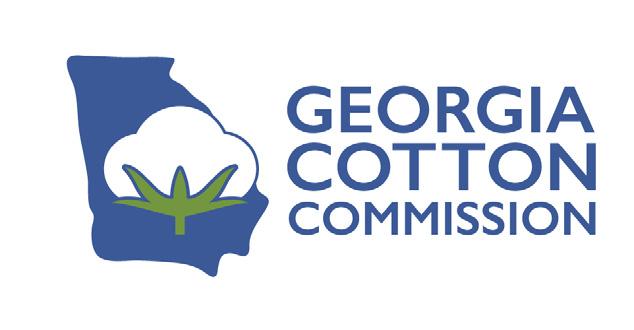
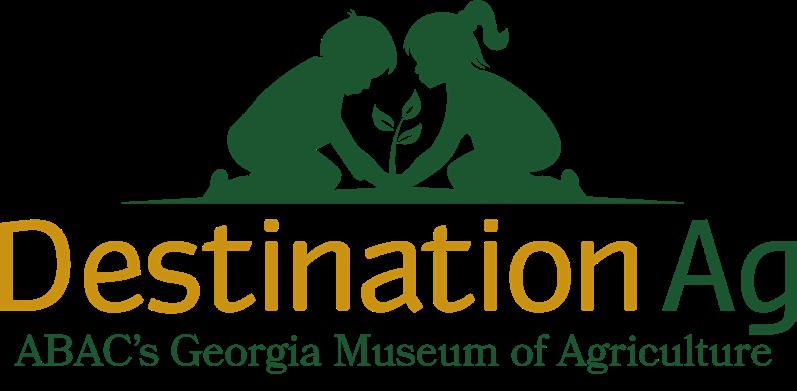
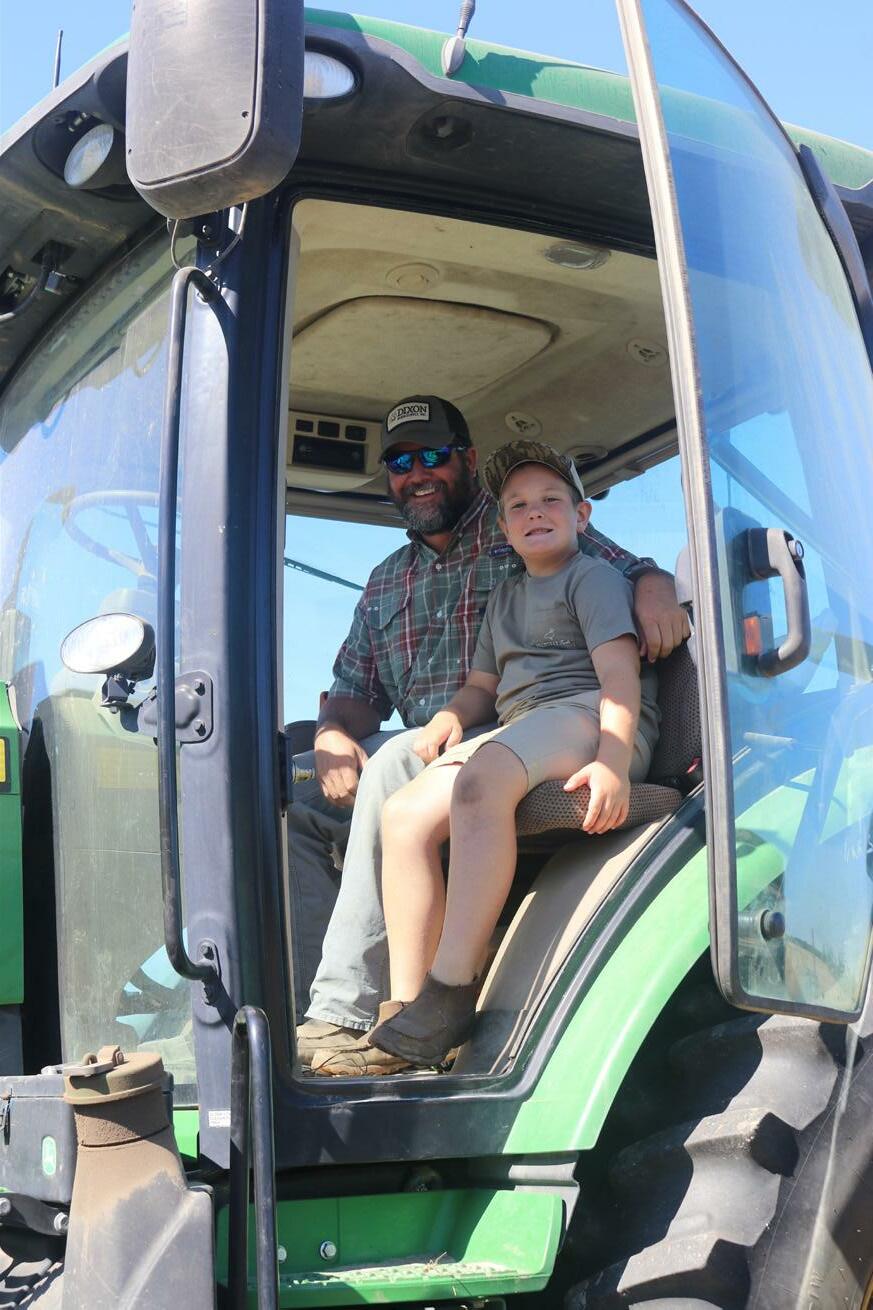

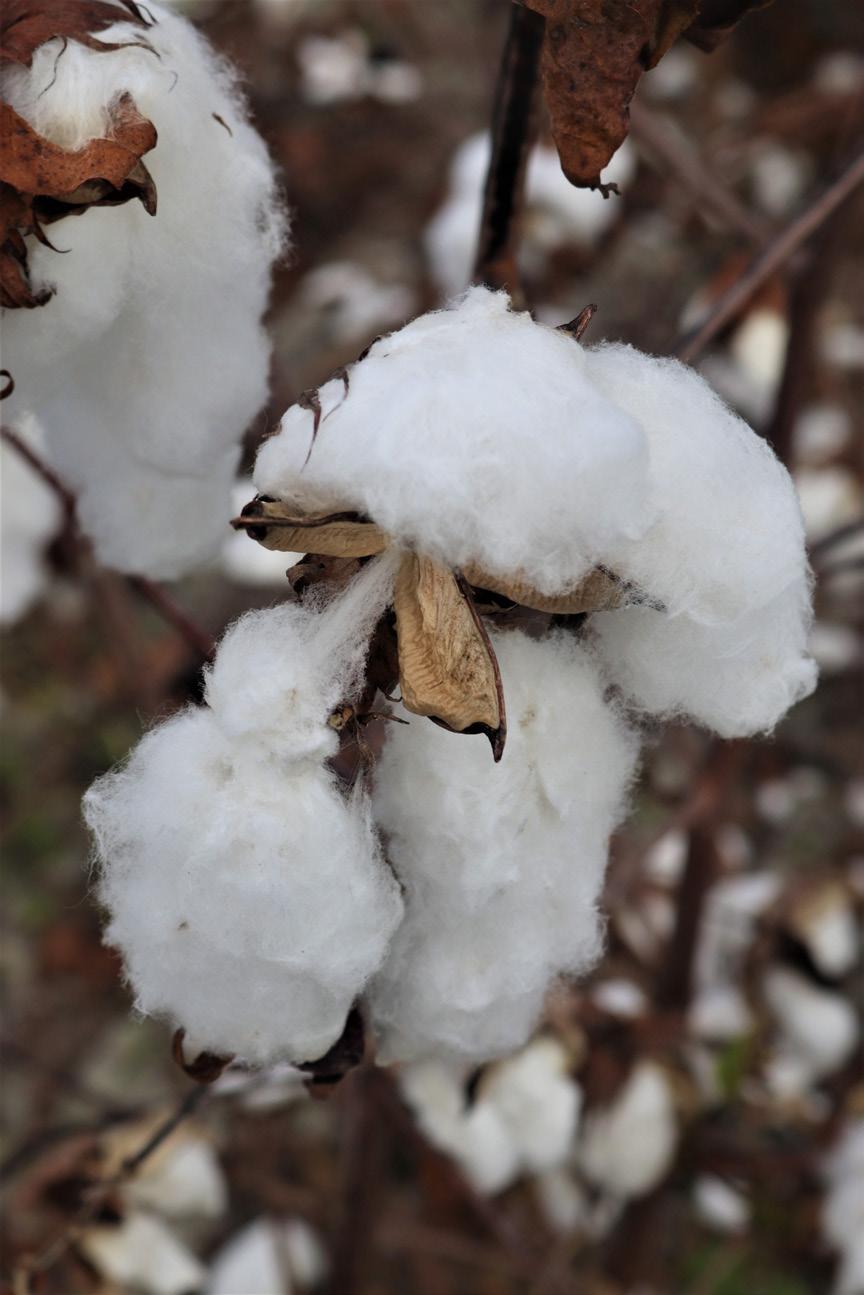
Hi!
My name is Mason! My family grows cotton on our family farm in Berrien County, Georgia.
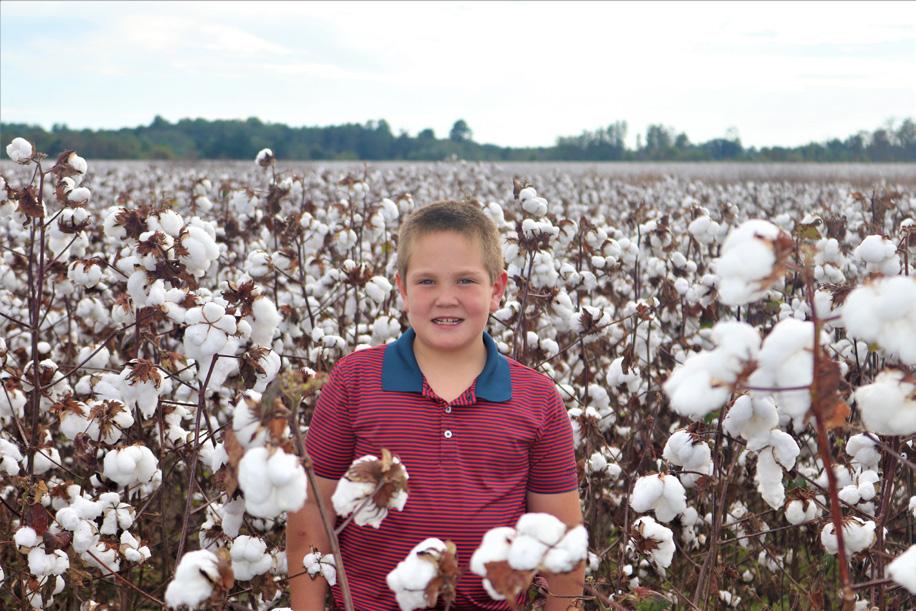
You can see where we live on the Georgia map. Our family grows cotton every year! It takes a lot of hard work to run the family farm.
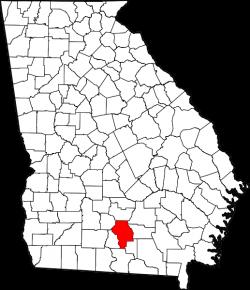
Cotton grows in warm climates which is why the leading states in cotton production are: Alabama, Arizona, Arkansas, California, Georgia, Louisiana, Mississippi, Missouri, New Mexico, North Carolina, Oklahoma, South Carolina, Tennessee, Texas, Florida, Kansas, and Virginia. These states tend to be warmer for longer periods of time.

Cotton is a plant that is used to make clothes and other products. It is a common crop grown in South Georgia. Today, our family farms over 3,000 acres of cotton. That is almost 3,000 football fields!
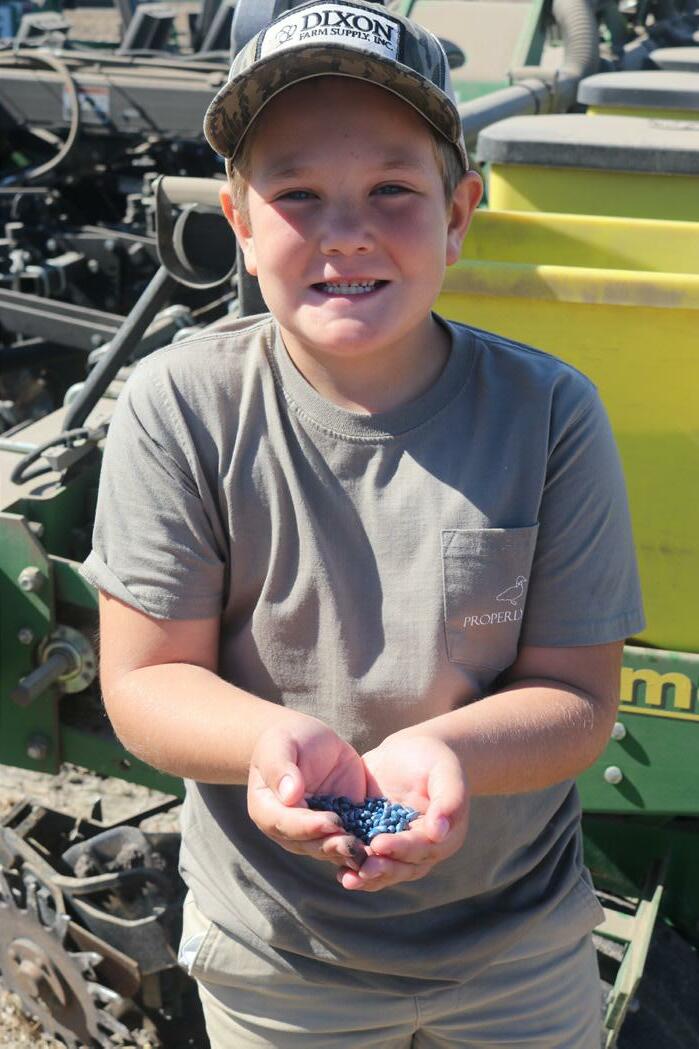
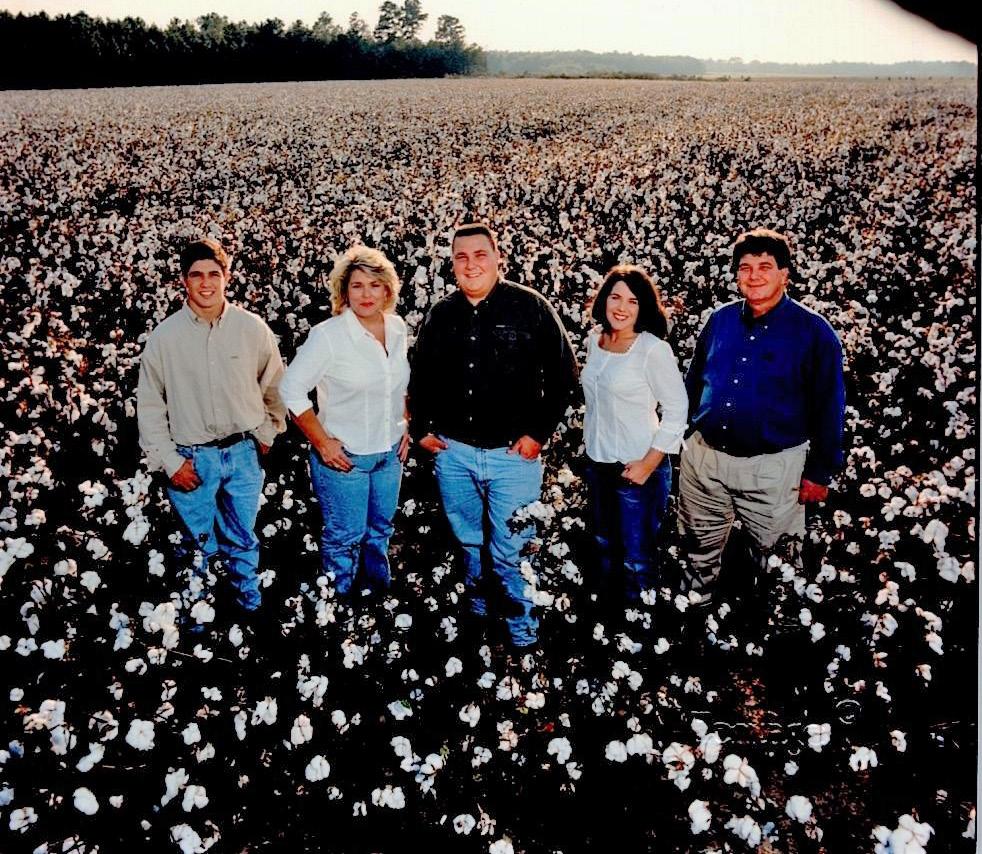
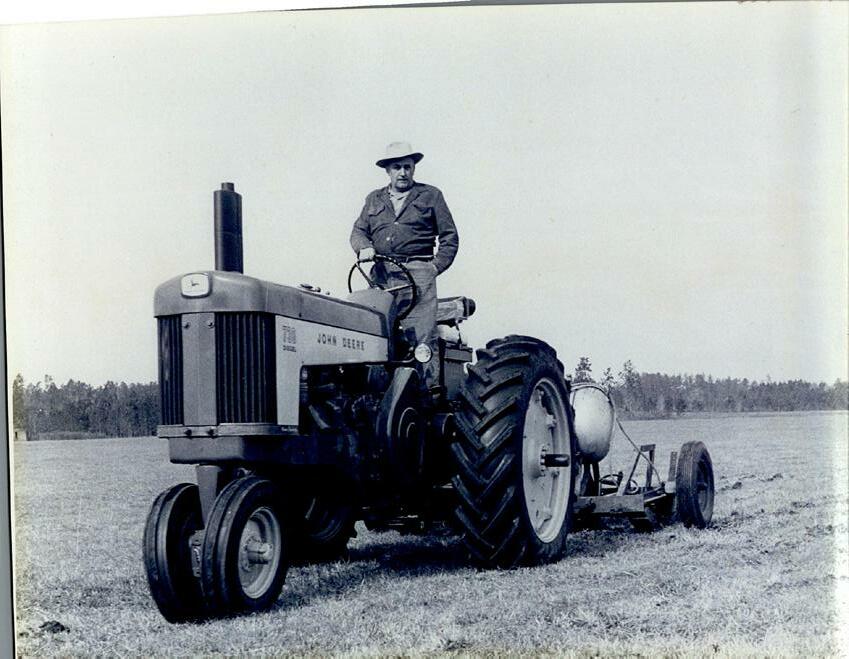
My great grandpa started our family farm. His name is Carl. My grandpa started working on a cattle farm when he was 10 years old!
The entire family works on the farm! My dad is in charge of growing the cotton. Other crops we grow are peanuts and corn. I help Dad with different chores. I fill the planter with seeds, and I help turn on the irrigation system, which waters the plants. My Aunt Jaclyn runs the cotton gin where the cotton is taken after it is harvested.
GrowinG Deeper
In Georgia, there are more than 1 million acres of cotton planted a year. It is grown all over the world.

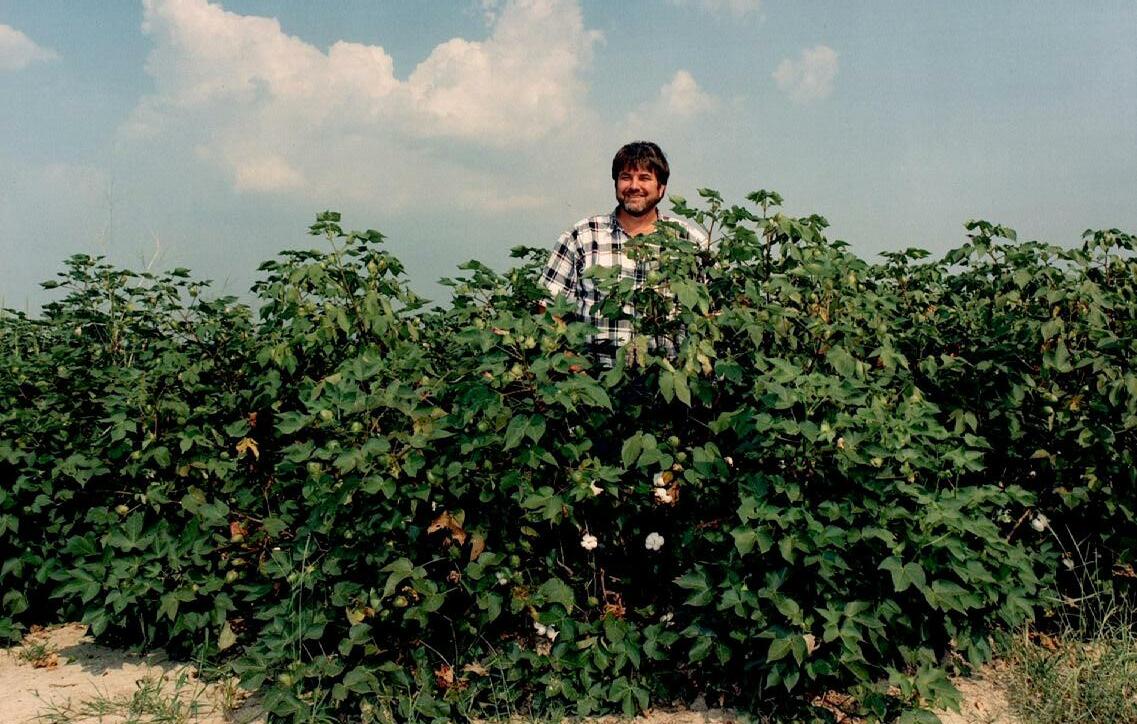
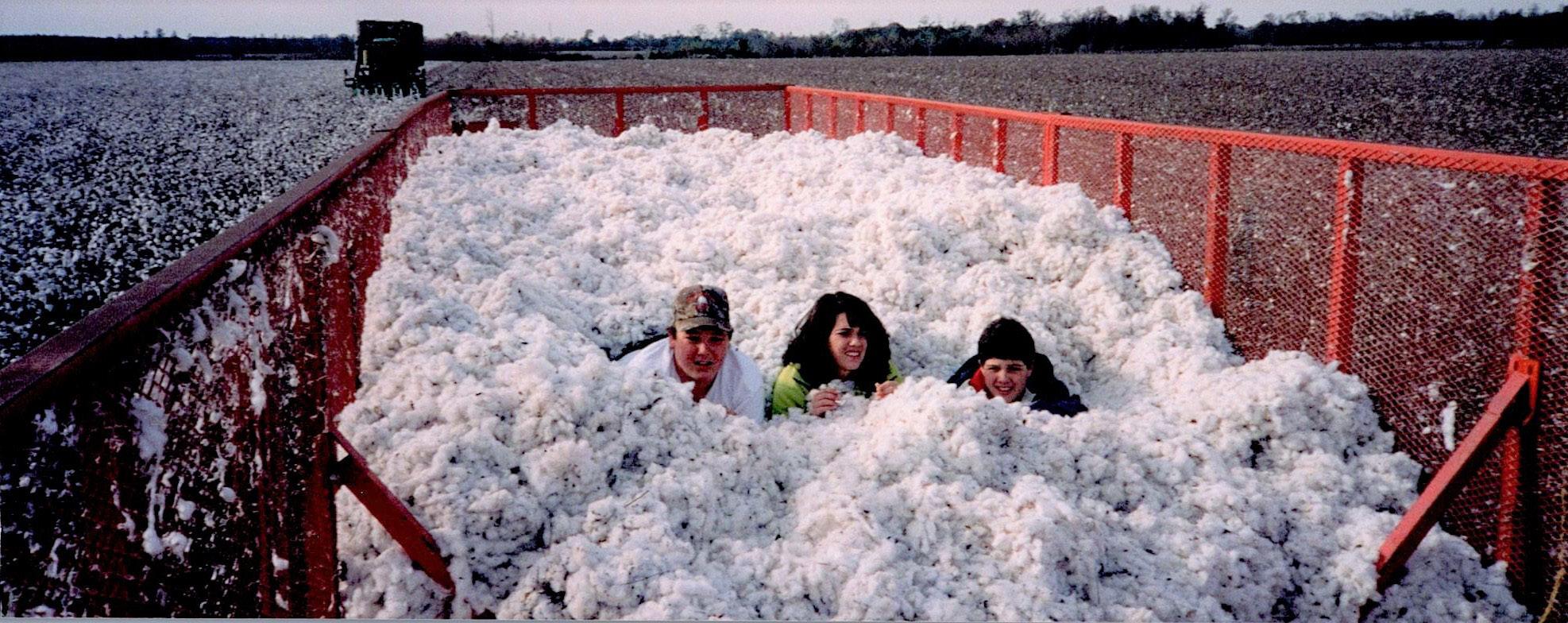
It takes all year to grow cotton, from January to December! There are many steps to growing cotton.
First, we test the soil to make sure it is ready for planting. Fertilizers are added to the soil. A fertilizer is something that is good for plants just like vitamins are good for us.
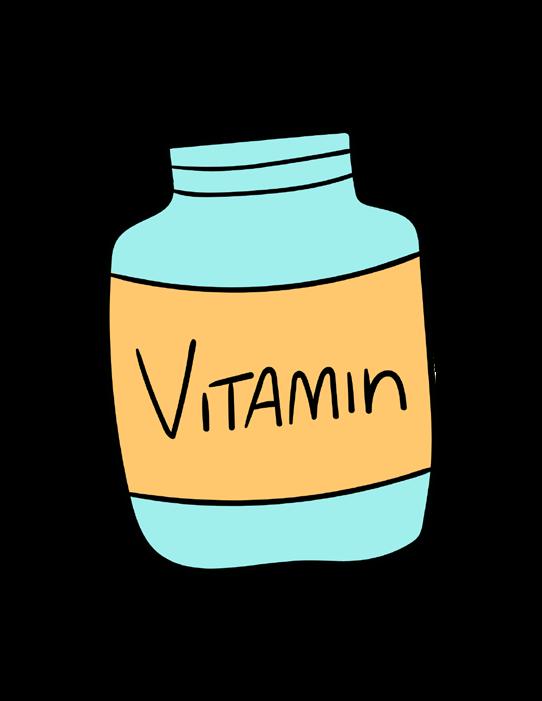
Next, we plant the cotton seeds. The cotton will grow for six to seven months. During those months, we water and fertilize the plants to make sure they stay healthy!
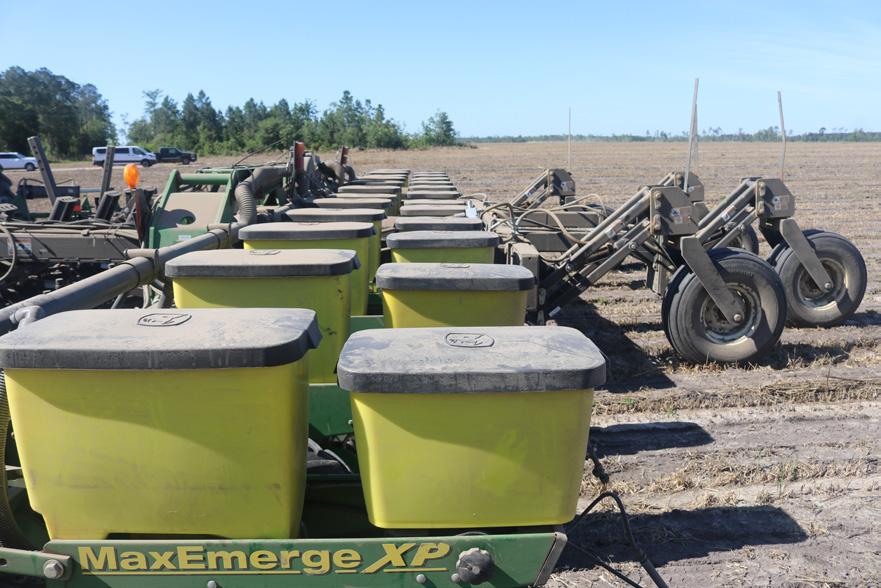
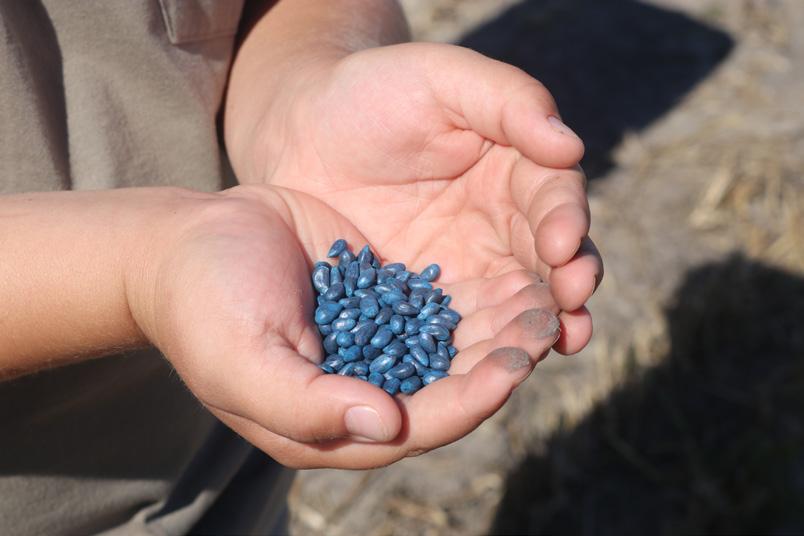
GrowinG Deeper
Seeds are planted a half-inch (0.5 inch or 1/2 inch) to one inch in the ground. The farmer controls the width and the number of seeds. The width is how far apart the seeds are planted. Planters can plant from 10 to 48 rows of seeds at one time!

Finally, truck drivers move the bales of cotton from the field to our cotton gin. The cotton gin is where the cotton seeds are taken out of the cotton fiber.
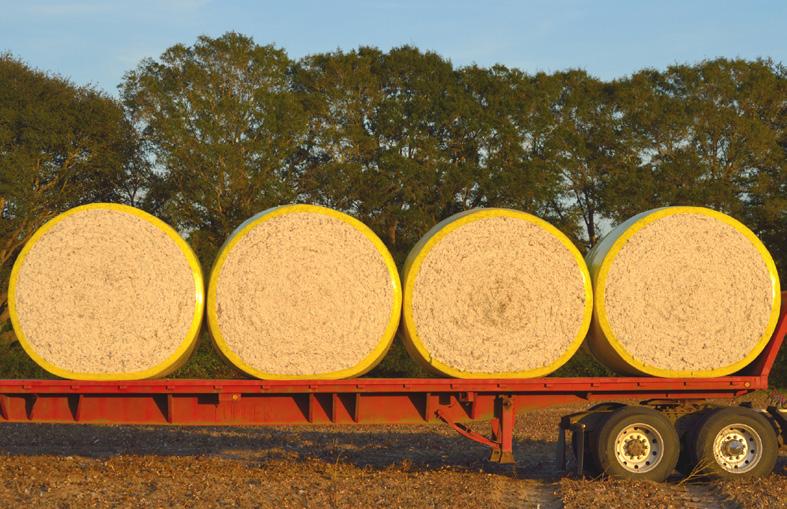
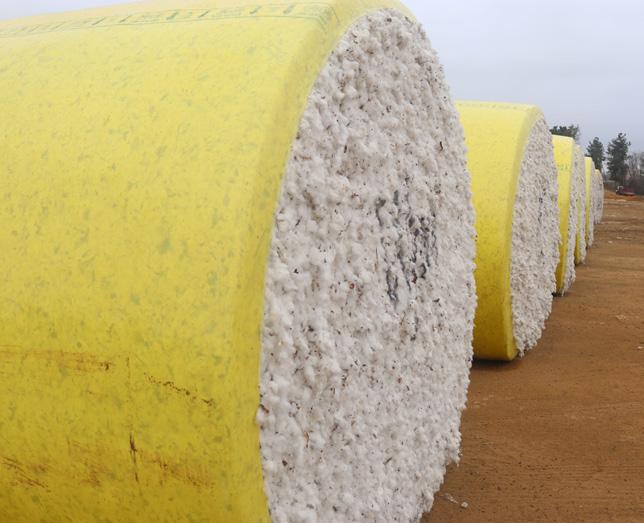
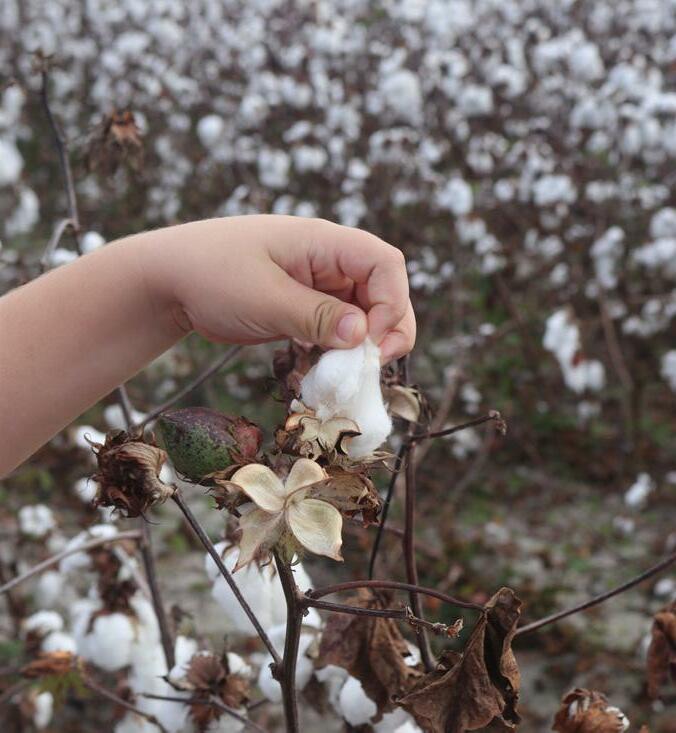
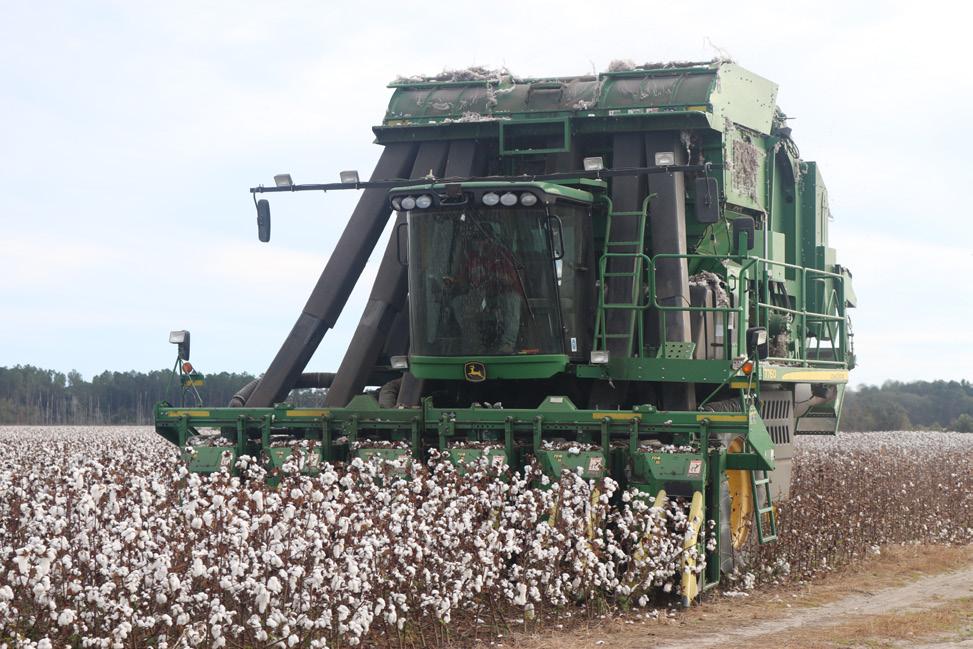
Then, when the cotton is white and fluffy, it is ready for picking. This is called harvesting.
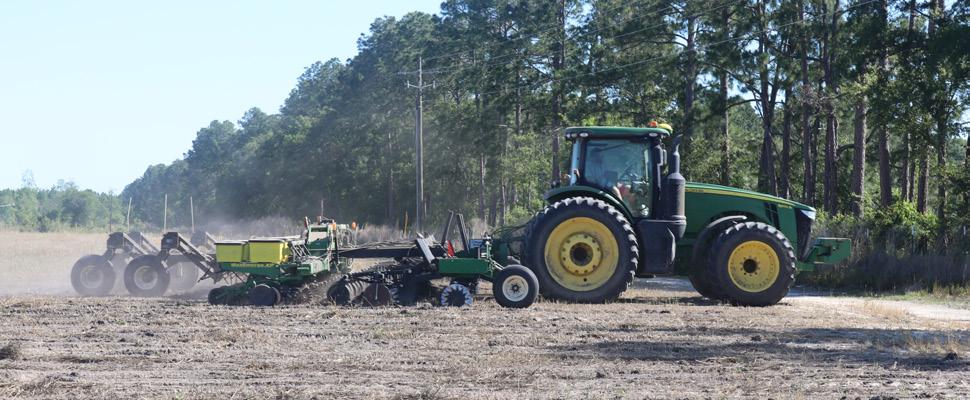
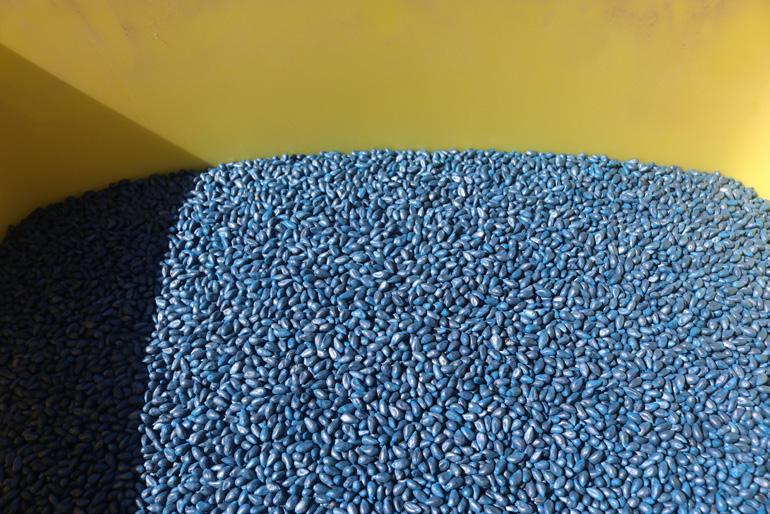
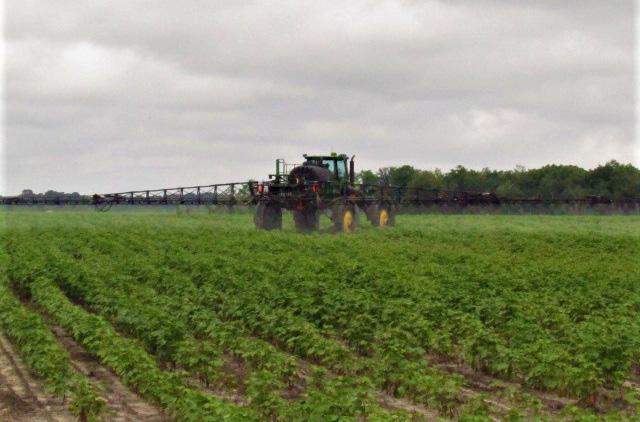

Cotton Picker
The cotton picker has two jobs. First, it pulls the cotton boll off the plant. Next, it rolls the cotton into a bale. The cotton is easier to move when in a bale. The cotton bale is taller than I am!
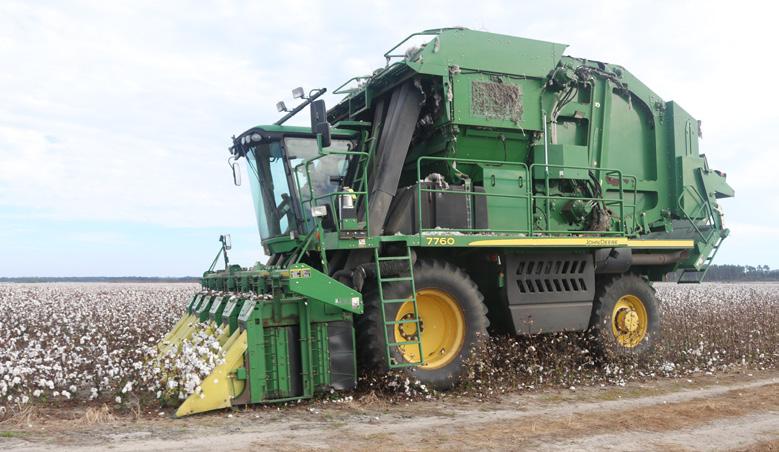
Deeper

The United States produces around 21 million bales of cotton. Each bale weighs up to 500 pounds. This is twice as much cotton as what was produced in the 1950s.
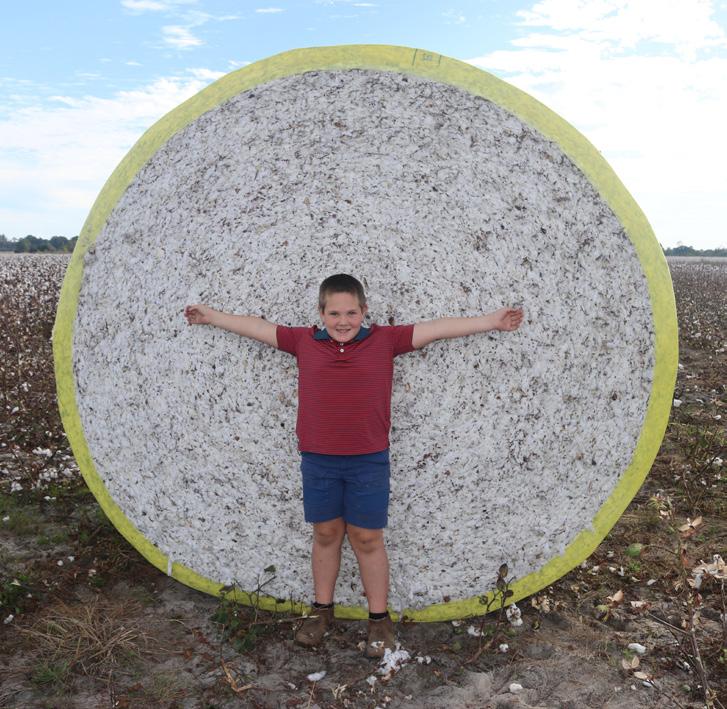
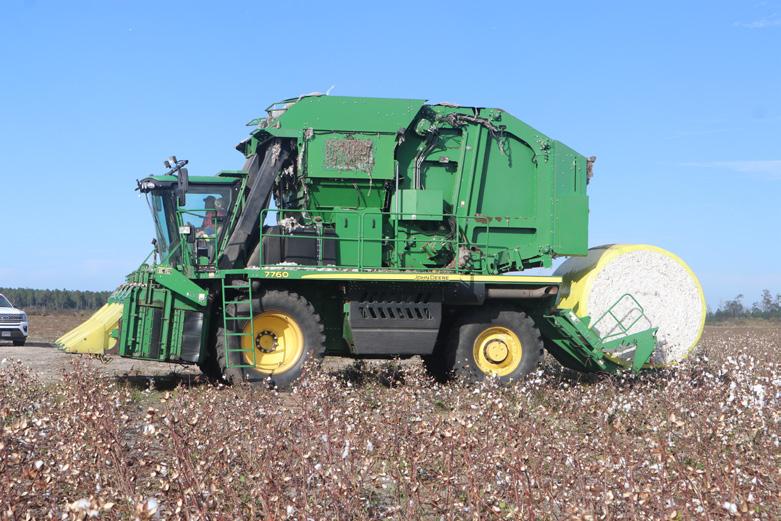
and Trucks
and trucks machines? Yes, they are!
pull the planter and sprayer, and trucks move the cotton bales to the cotton gin.
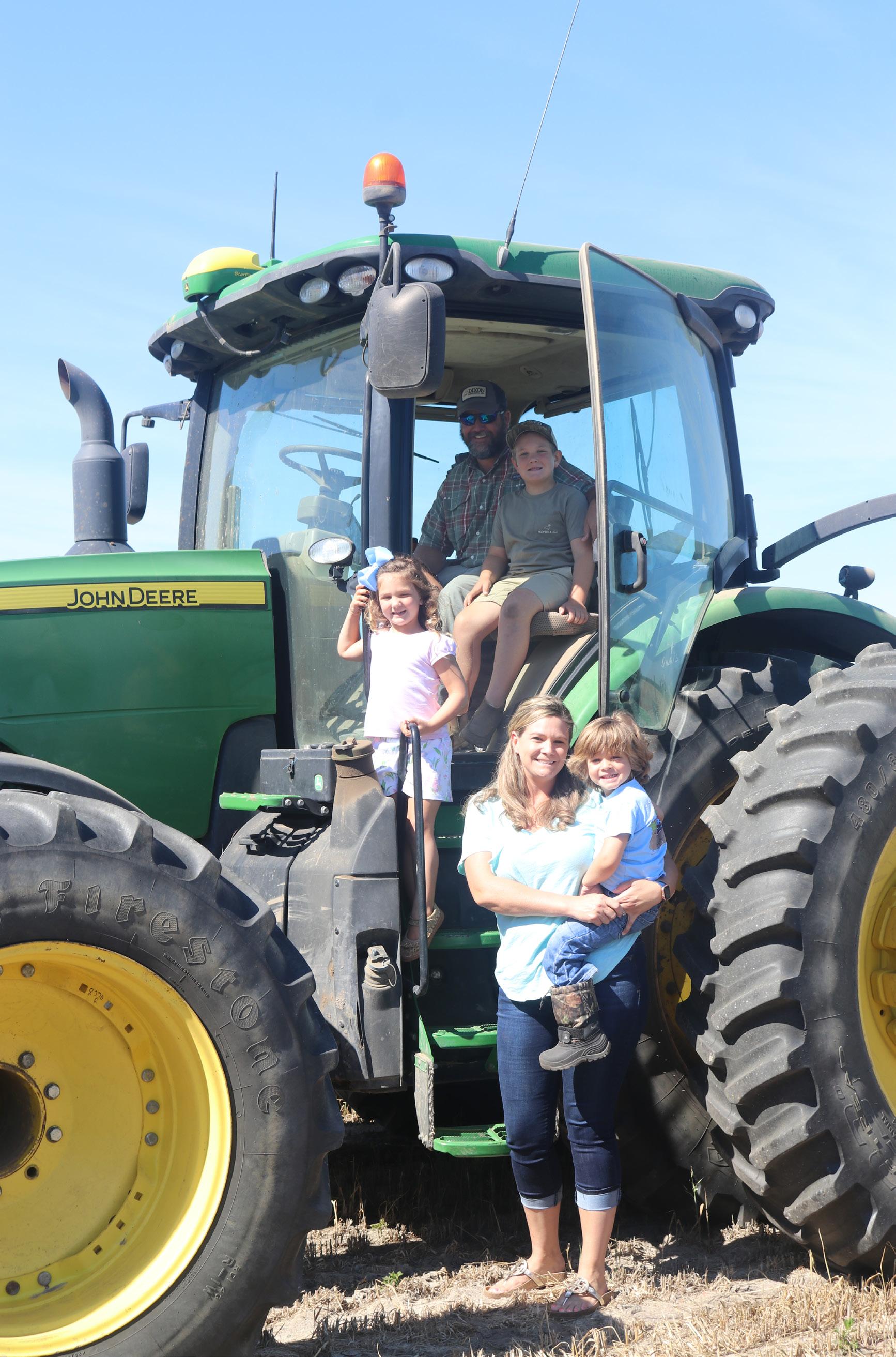
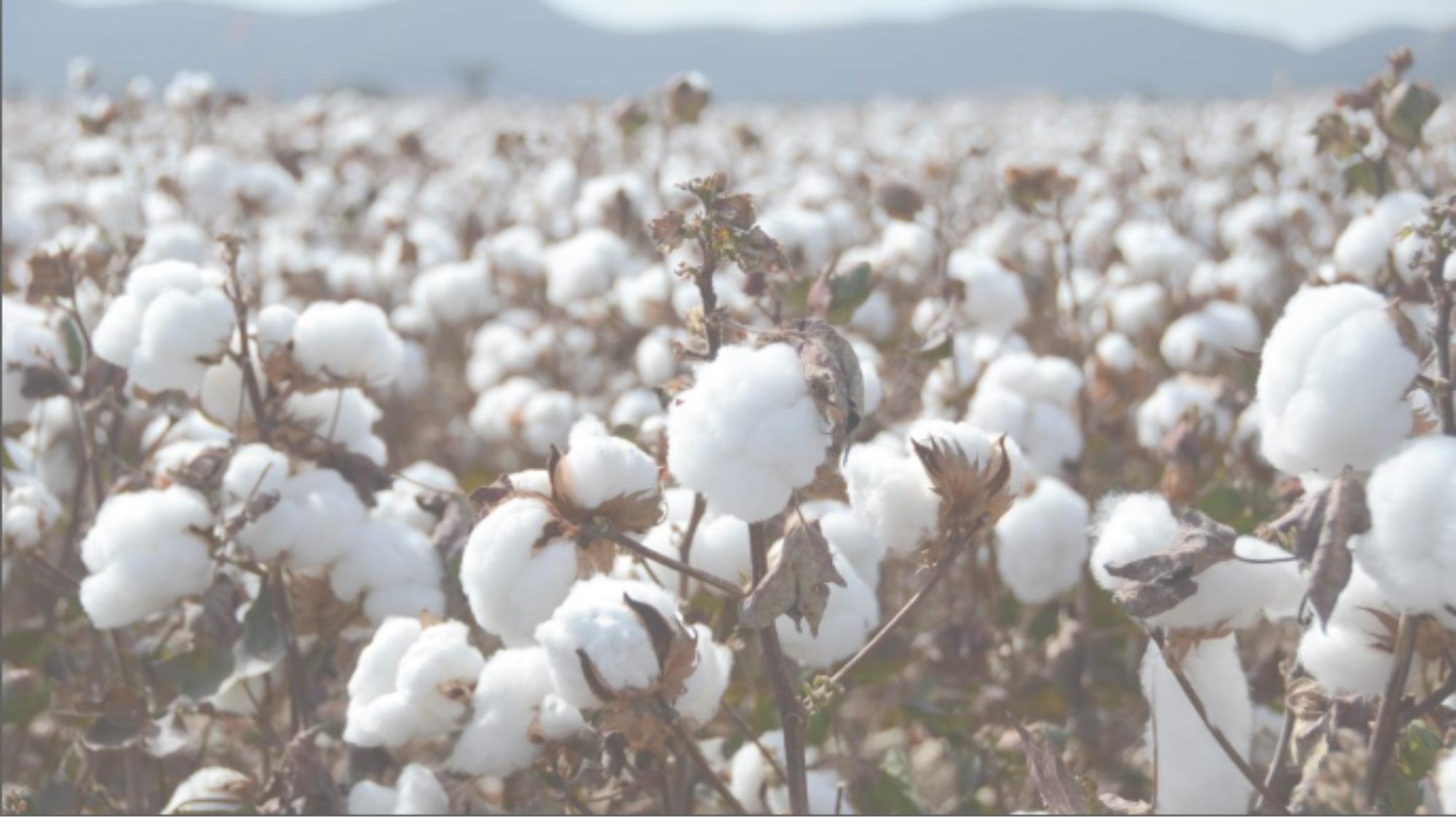
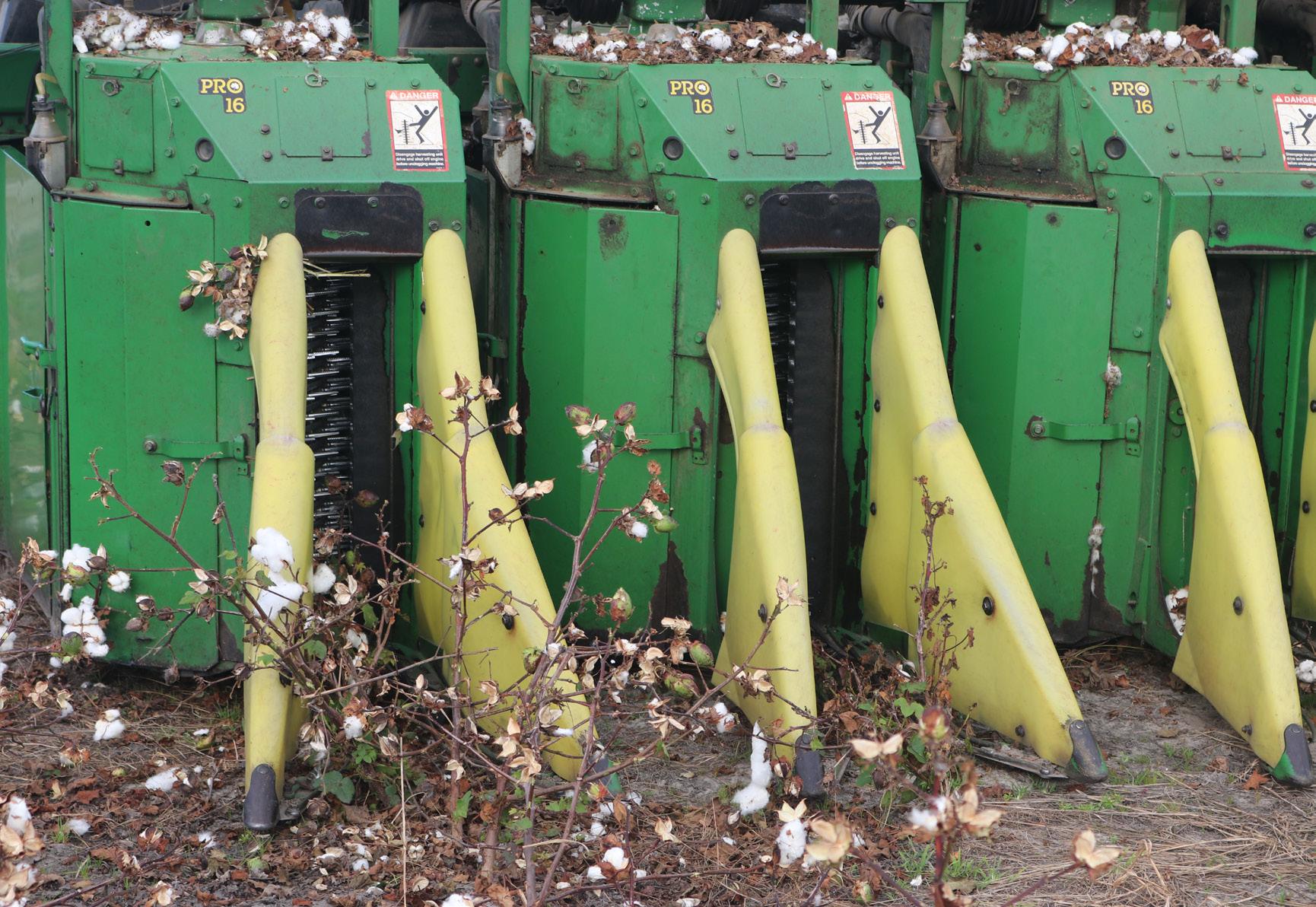
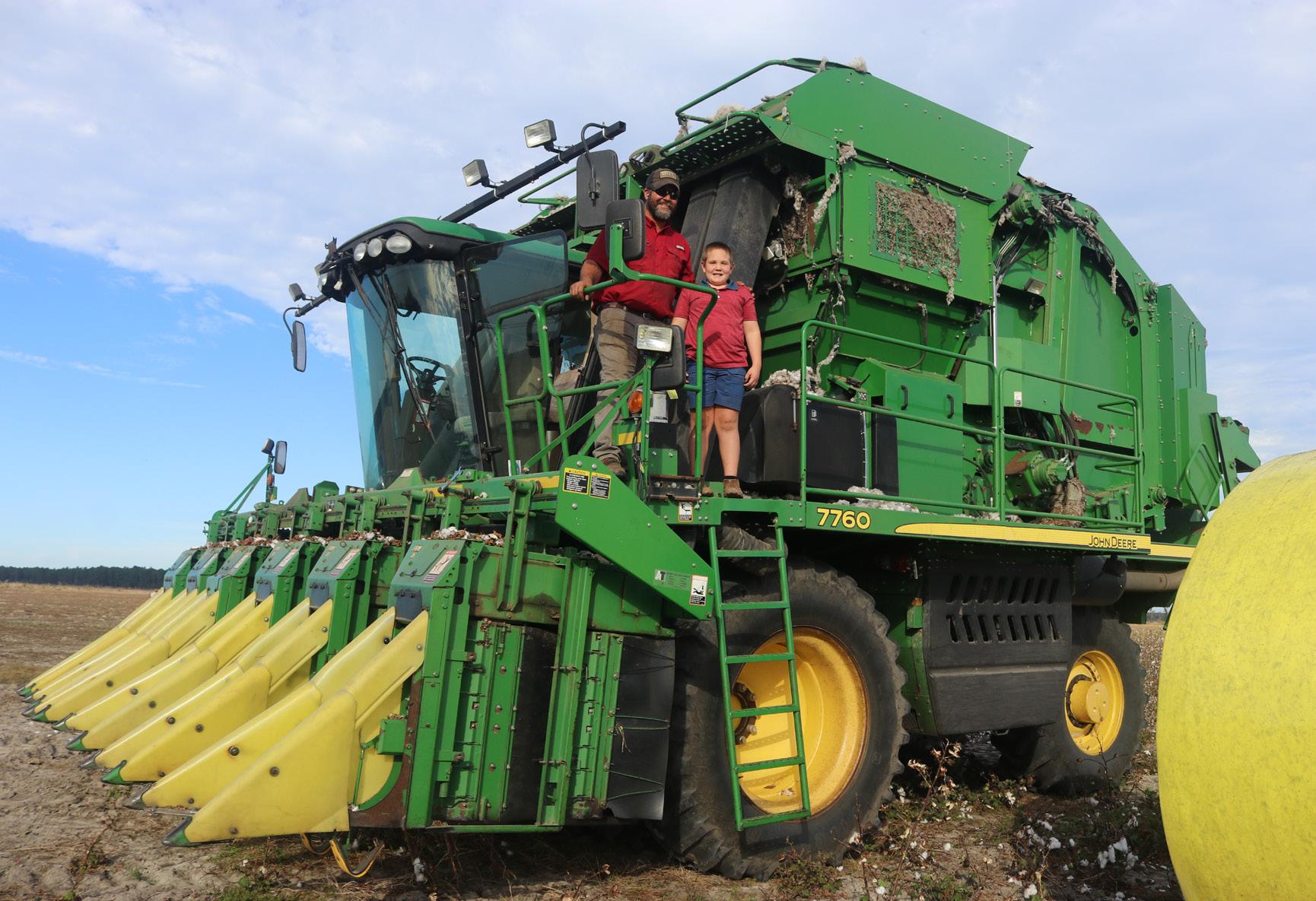
WATER
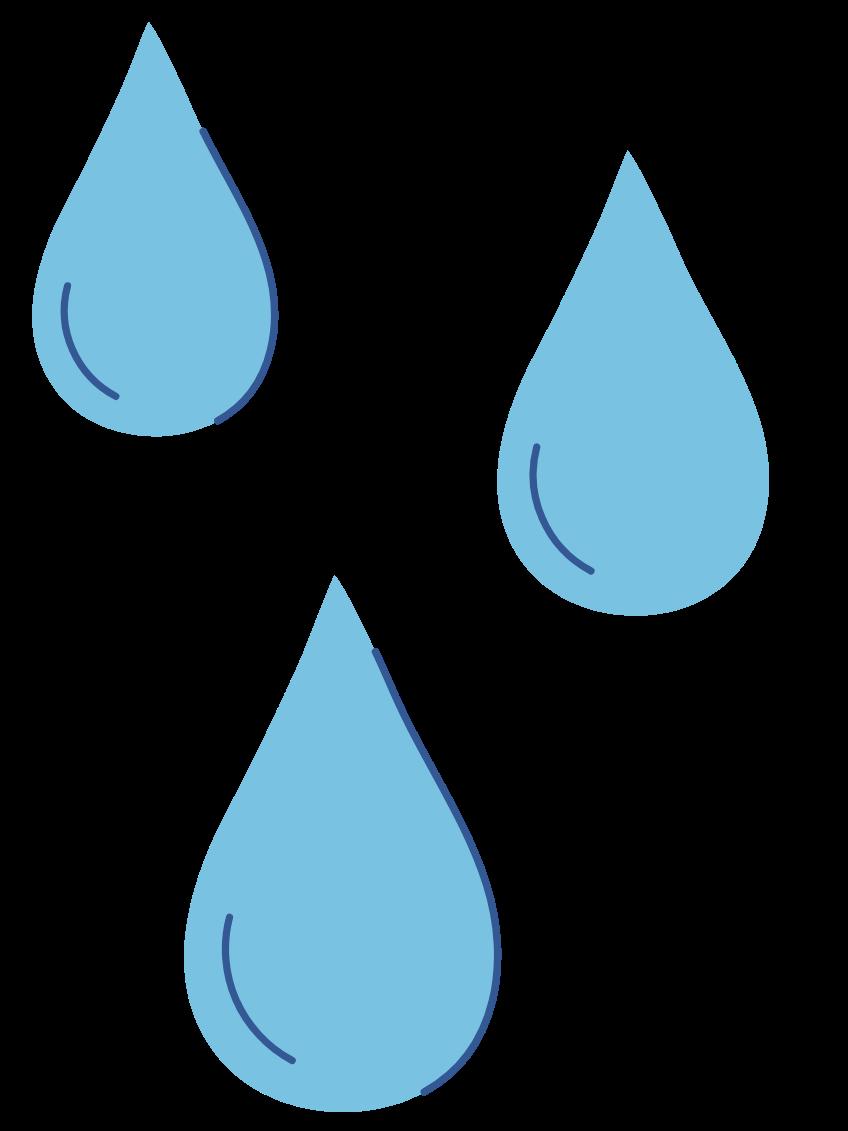
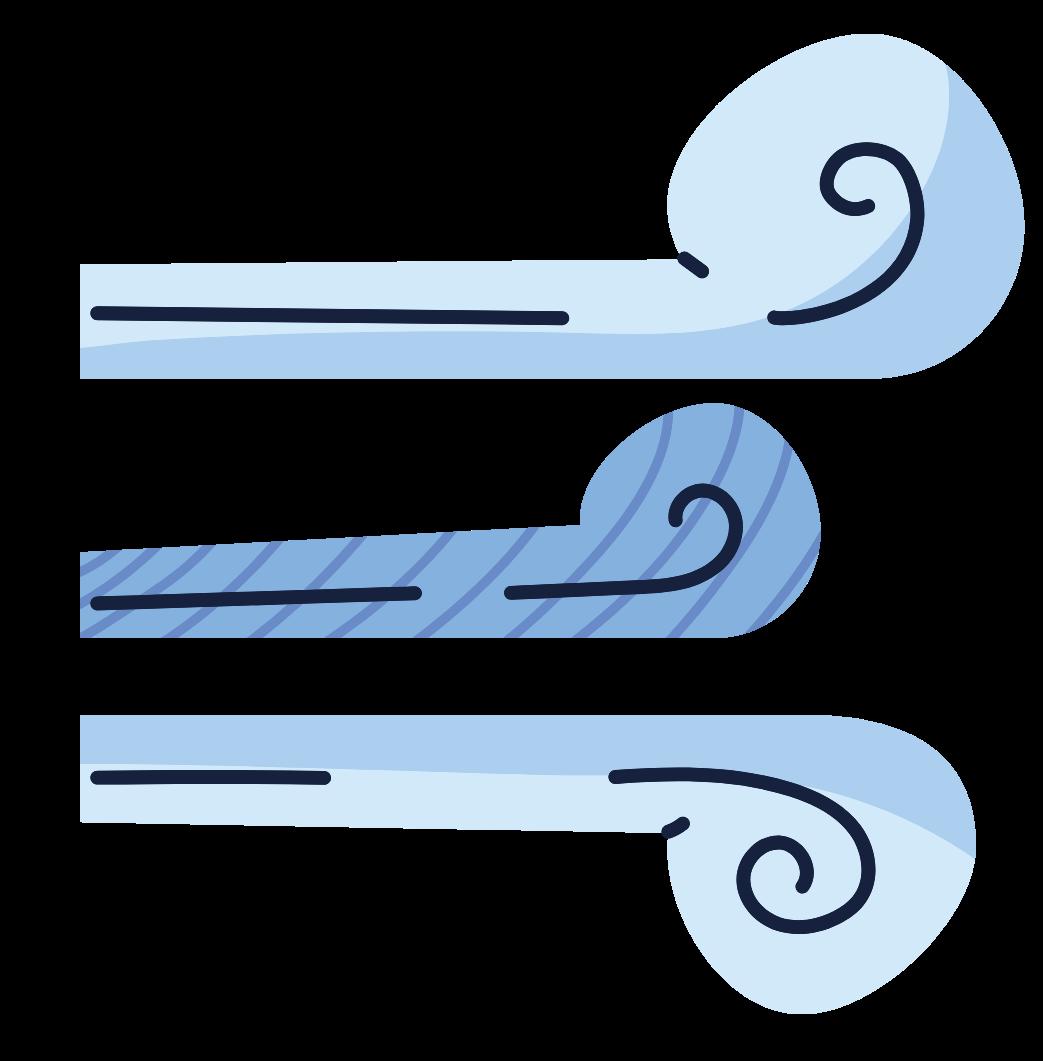
SOIL AND FOOD
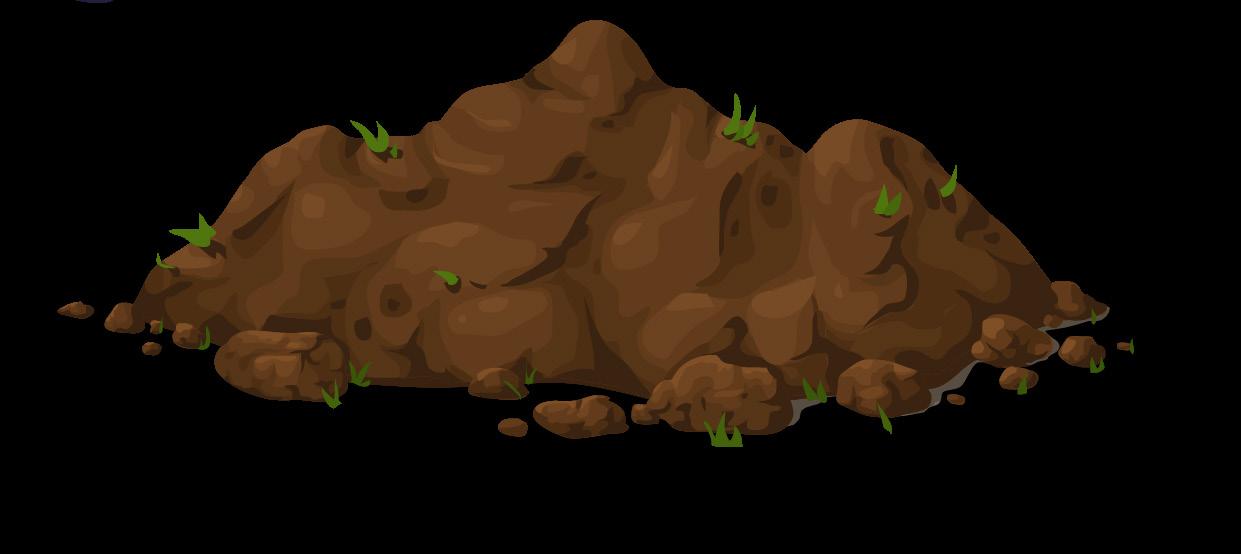
AIR SUN

Cotton plants have needs to grow just like you and I do! Farmers make sure their plants have everything they need to grow healthy and strong.
Can you name what plants need? Look at the pictures for hints!
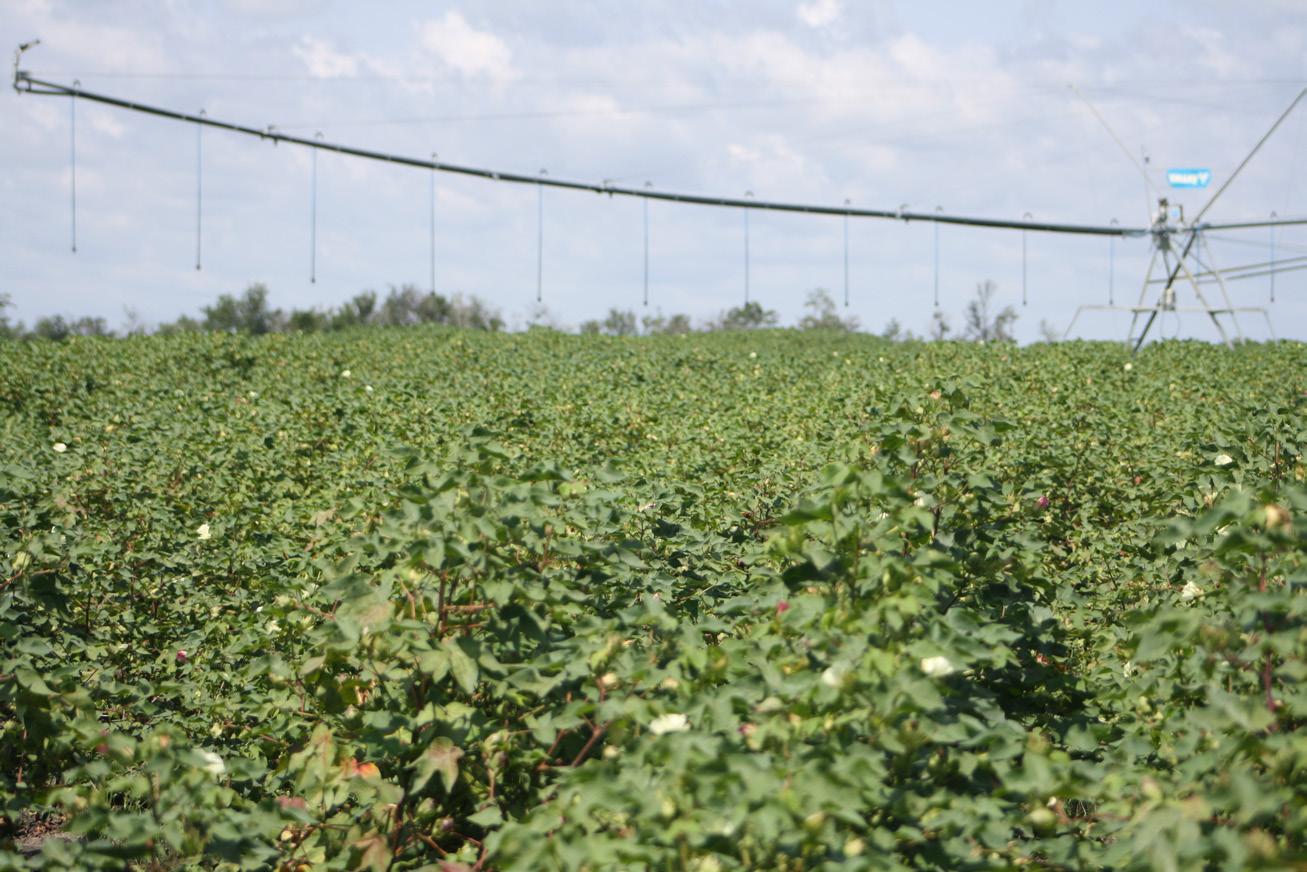

Inside every seed is a baby plant ready to come out!
After planting, it can take three to seven days for the baby plant to sprout.
Each white or yellow flower will make a cotton boll. The seeds and white fibers are made inside the cotton boll. We know the cotton is ready for harvest when the boll turns brown, dries up, and splits open. The white fiber spills out of the dried boll. It is this white fiber that can be used to make clothes!
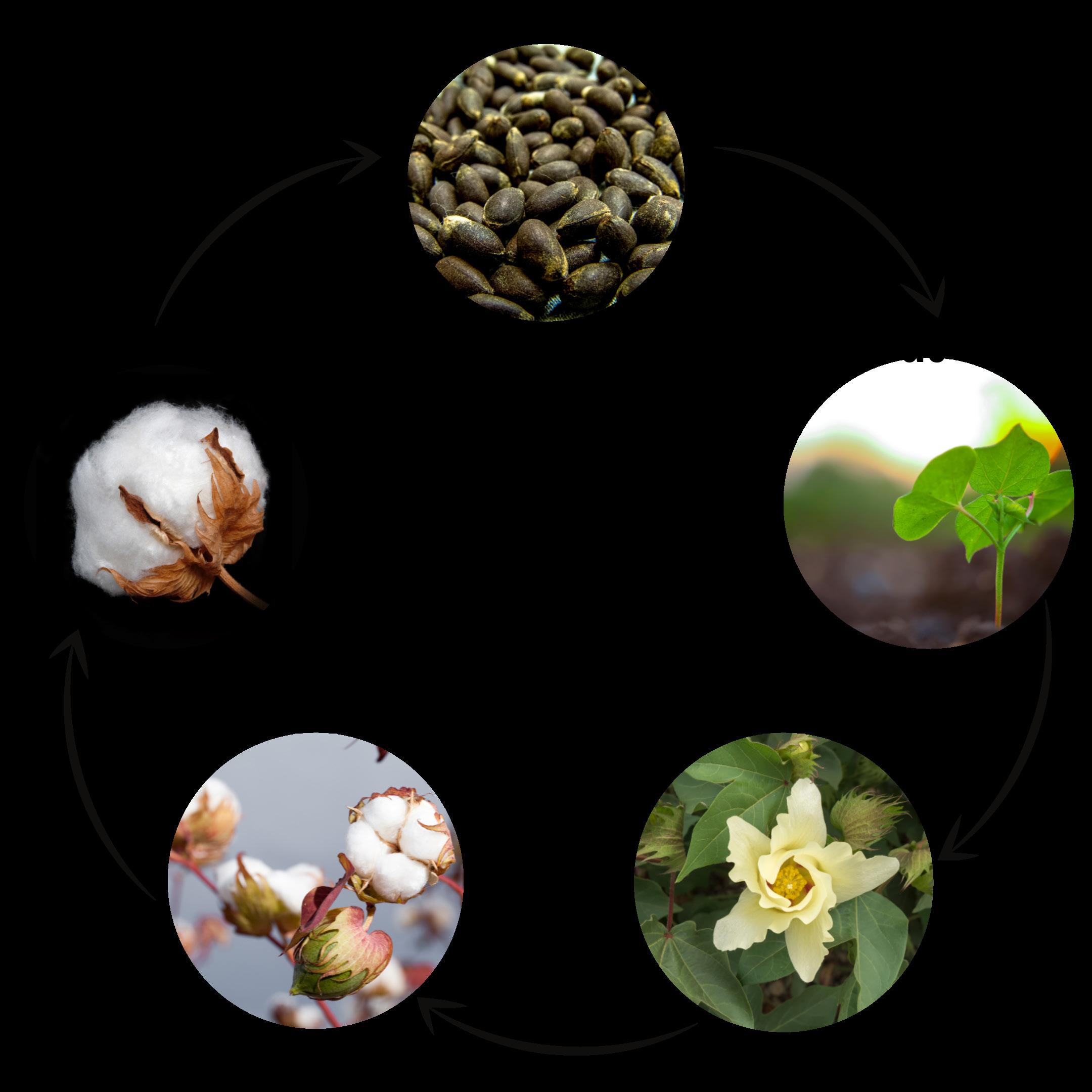
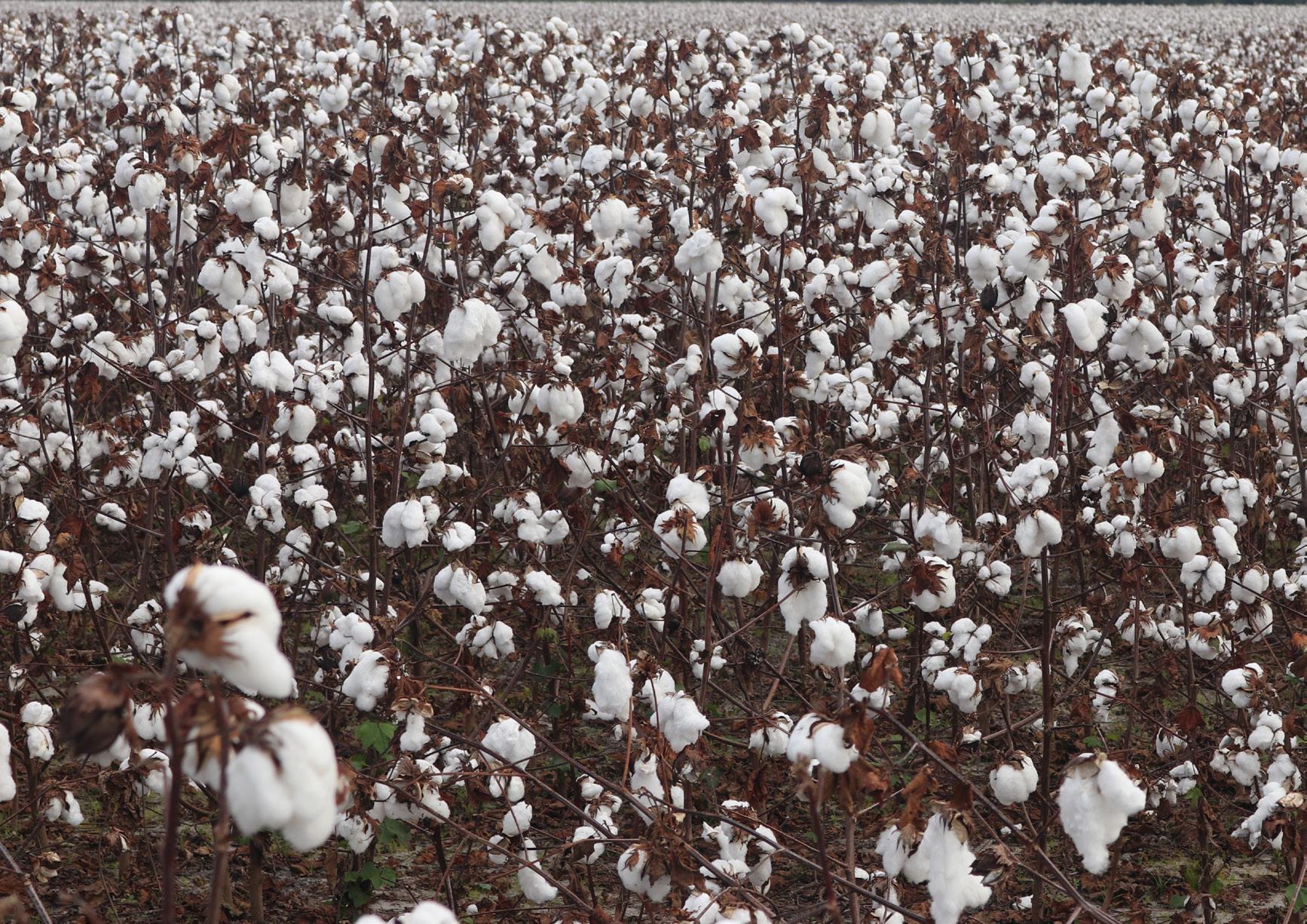
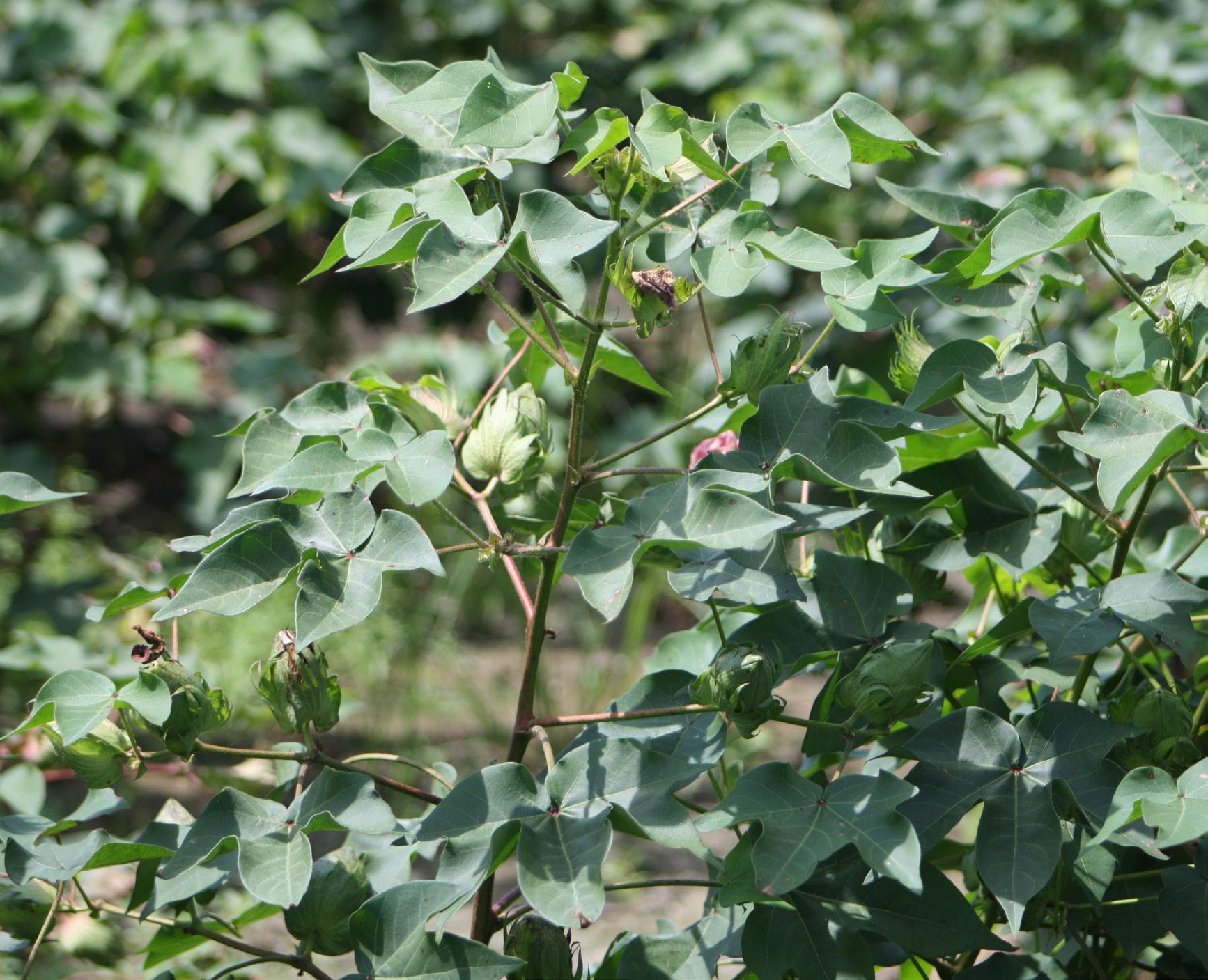
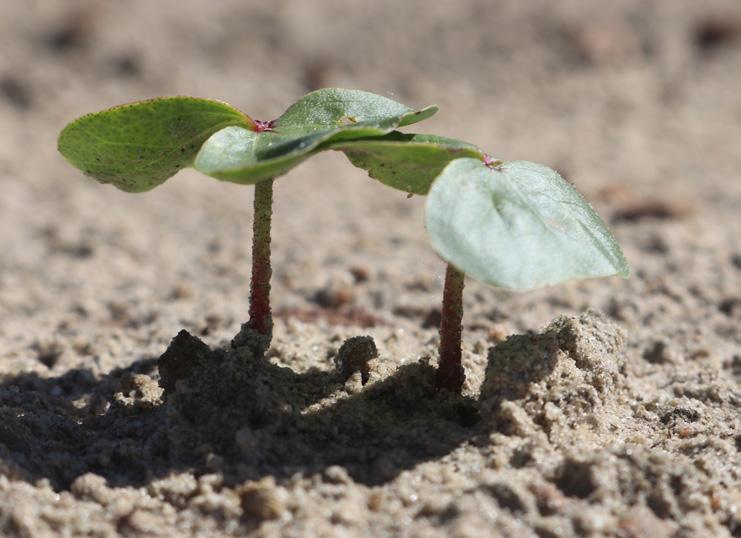
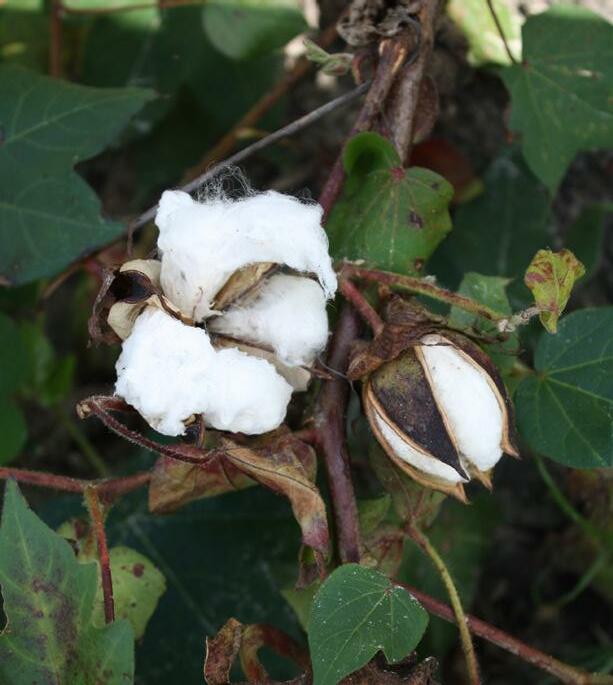
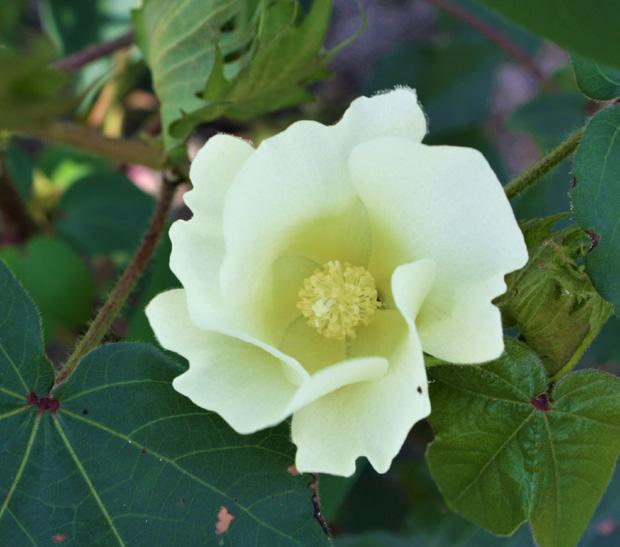
Farmers watch for signs of pests, or insects, which can hurt the crops. Dad looks for grasshoppers, whiteflies, and stinkbugs. A stinkbug will lay eggs in the cotton boll. This will ruin the white fibers people use to make clothes!
If too many plants are hurt by pests, then we would not have enough cotton. Farmers control hurtful pests in a way that is safe for the plants, for the workers, and the environment.
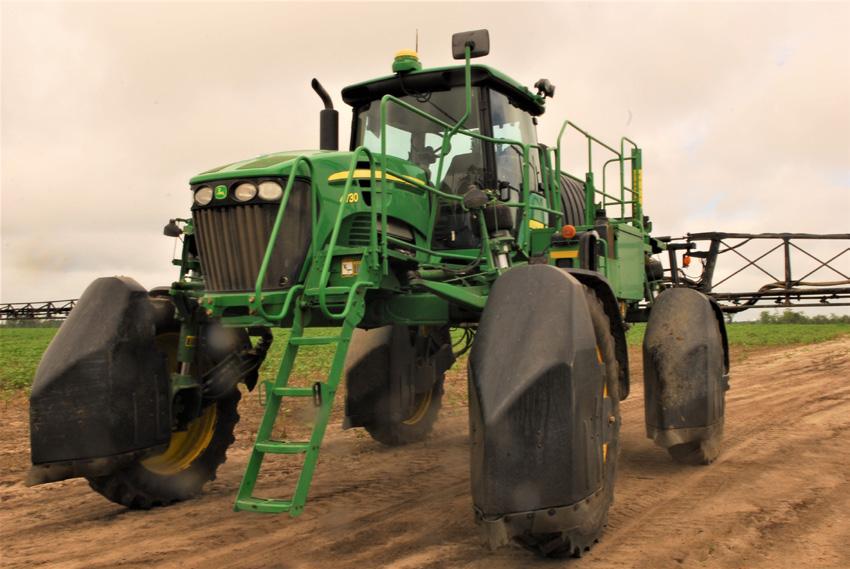
GrowinG Deeper

The boll weevil was a very harmful pest in North America, causing millions of dollars of damage. It is a little gray beetle with a long snout and eats the growing cotton bolls. With help from the Boll Weevil Eradication Program, no boll weevils have been found in Georgia since 2002.
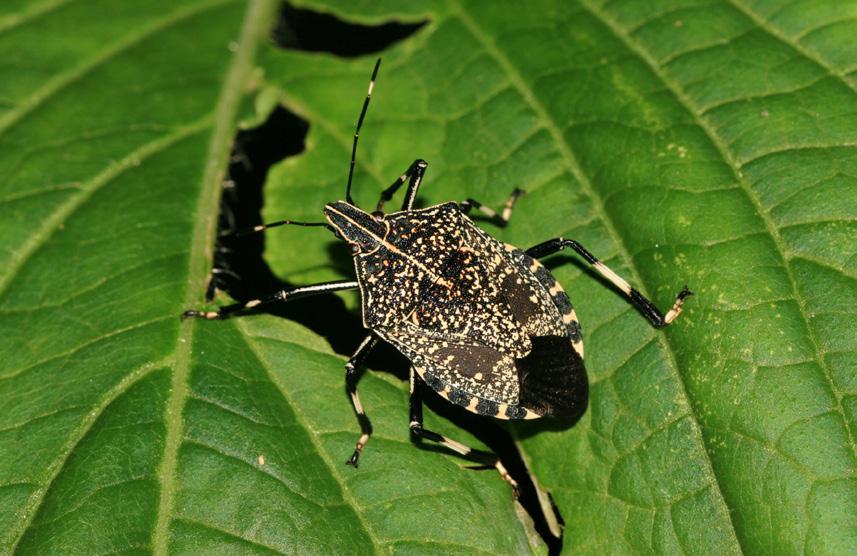
Our family cannot do it alone! Growing cotton takes a lot of people besides the farmer. Mechanics are like machine doctors! They make sure all the machines are working and will fix the machines when broken.
Dad cannot drive all the tractors by himself! Drivers help Dad drive the tractors, combines, and anything else needed on the farm and at the cotton gin.
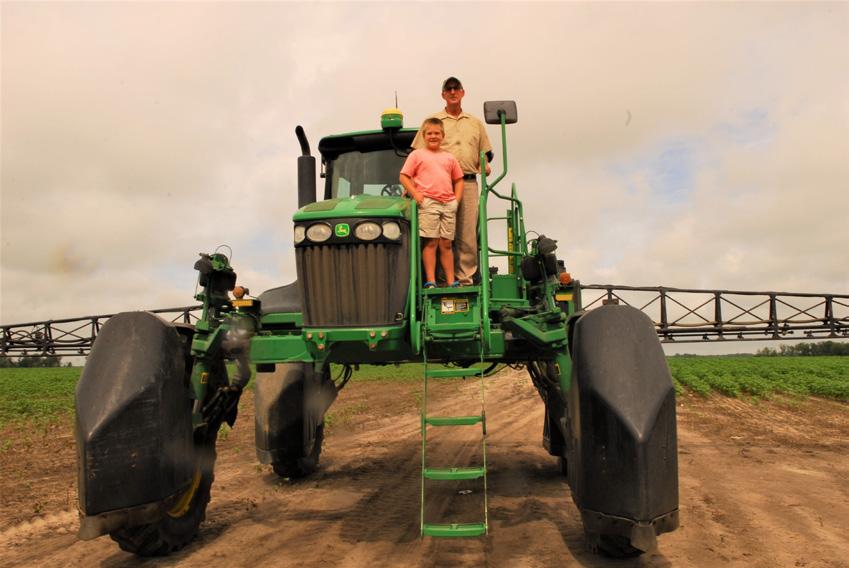
GrowinG Deeper
Agriculture is a large contributor to Georgia’s economy. One in seven people in Georgia works in an agriculture or forestry related field. The cotton industry’s role within Georgia agriculture includes 125,000 jobs as well as over $21 billion worth of product.

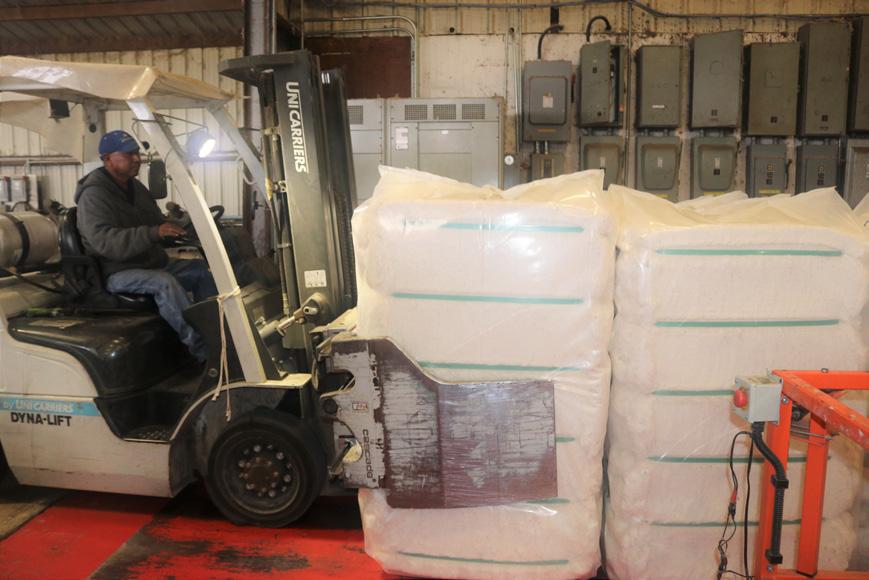
The cotton scout helps care for the cotton plants. Once per week, they look for pests or sickness in the plants.

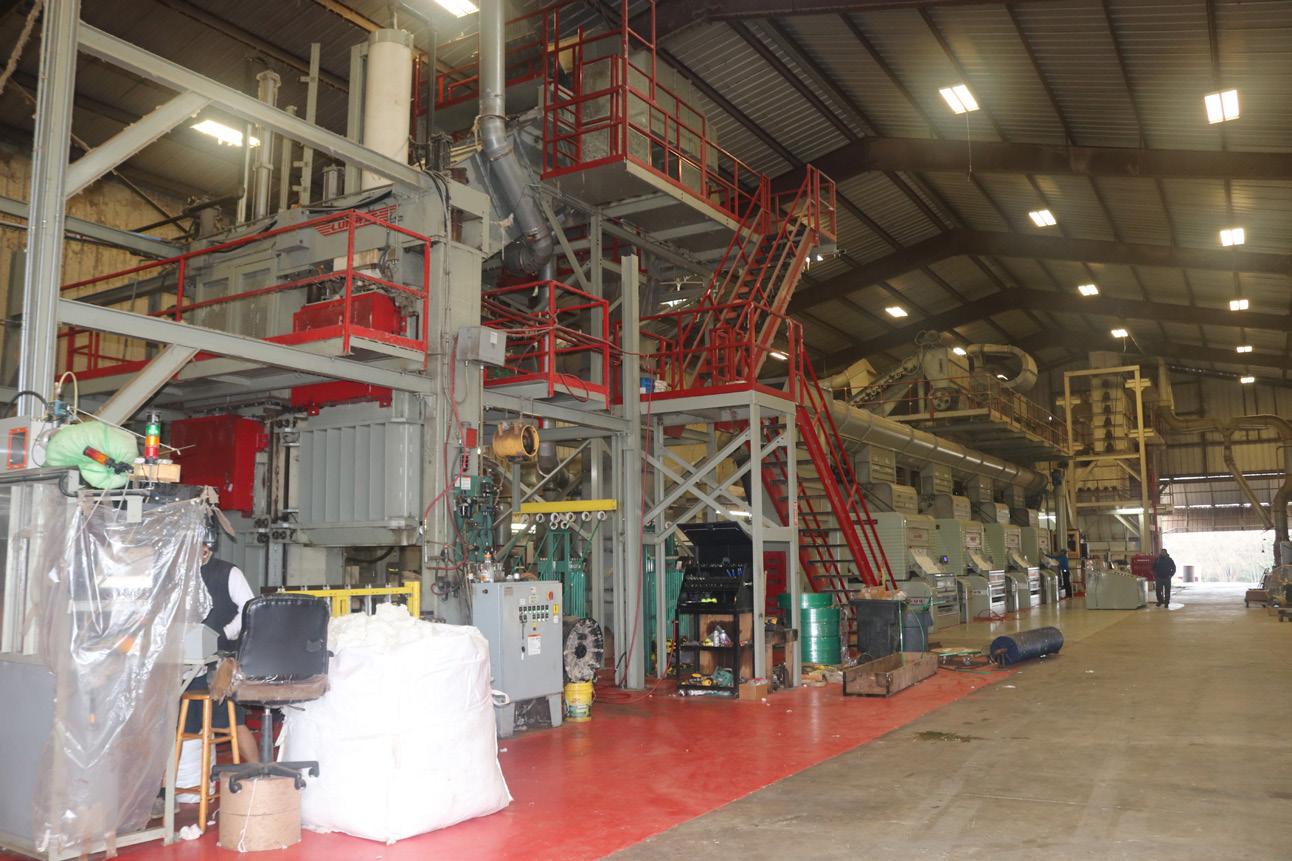
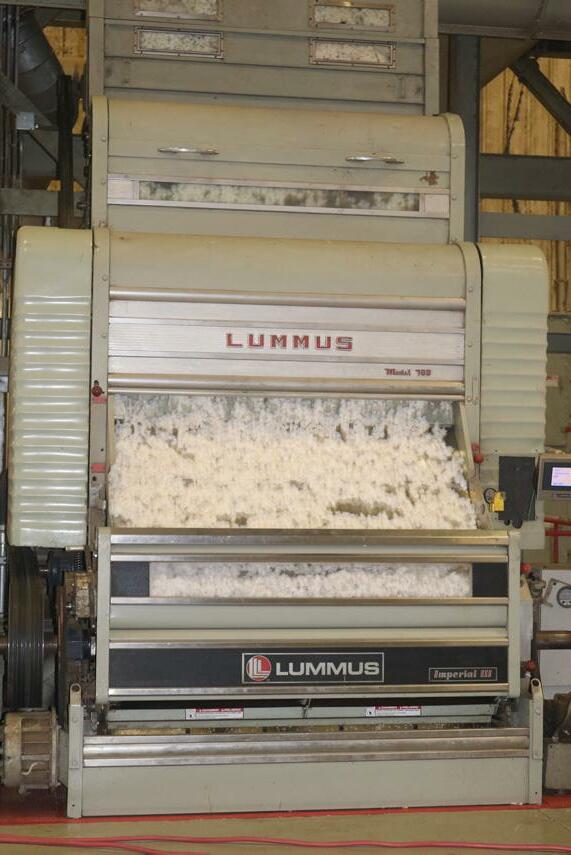
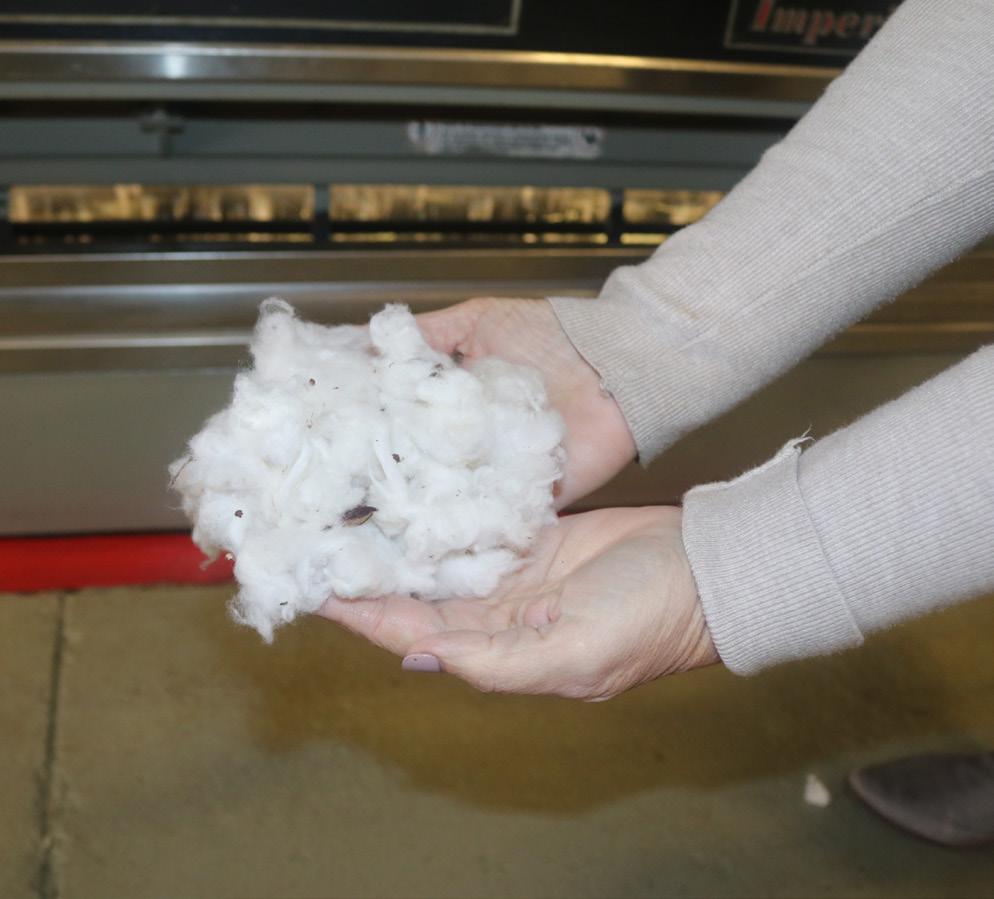
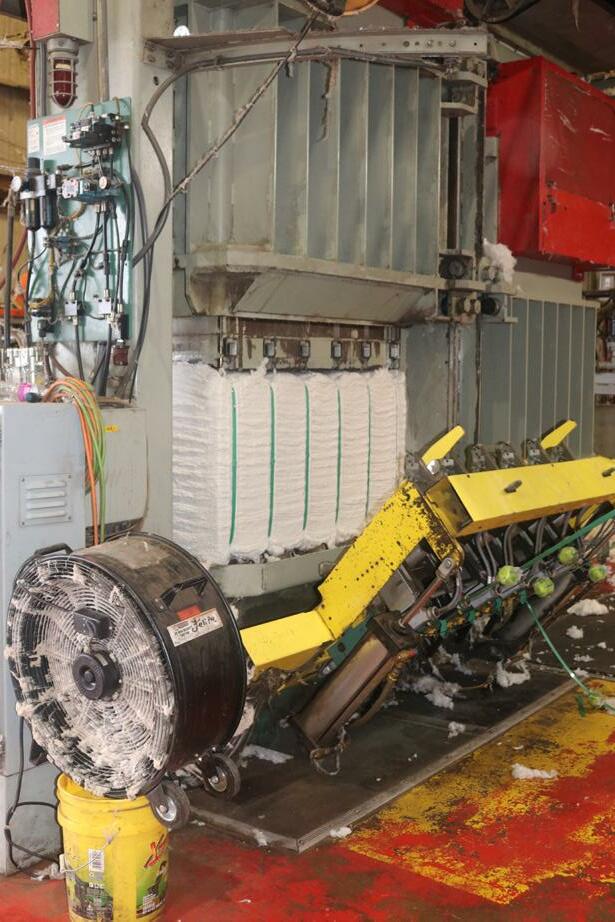
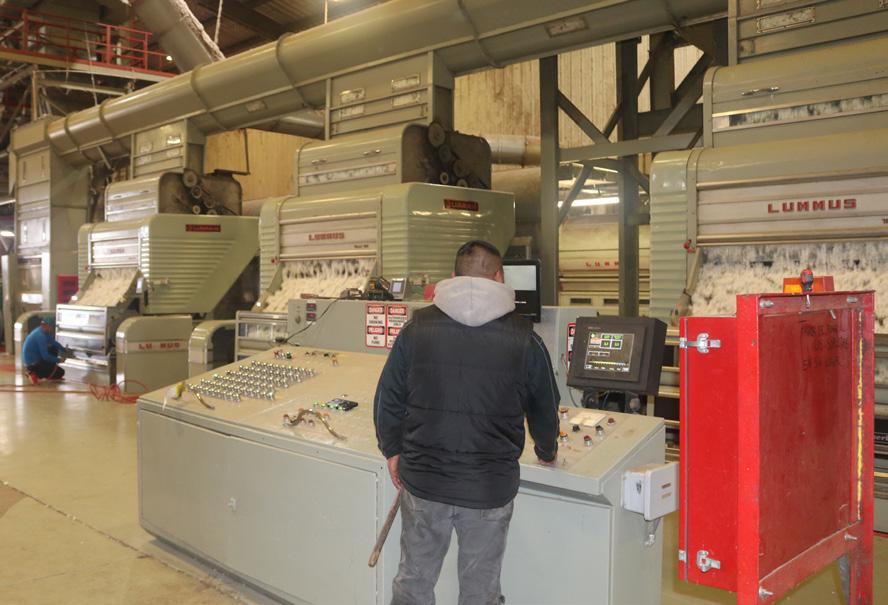
Our family also runs a cotton gin! We process our cotton and the cotton from other farmers. My Aunt Jaclyn is in charge of our cotton gin.
A cotton gin separates the cotton fibers from the seed. This is another machine that is a huge time saver! Separating the cotton from the seed is hard to do by hand.
After the seed is out of the fibers, the cotton is pressed into bales. One bale weighs 500 pounds! That is the same weight as a large land tortoise! The bales wait inside a warehouse until they are sold.
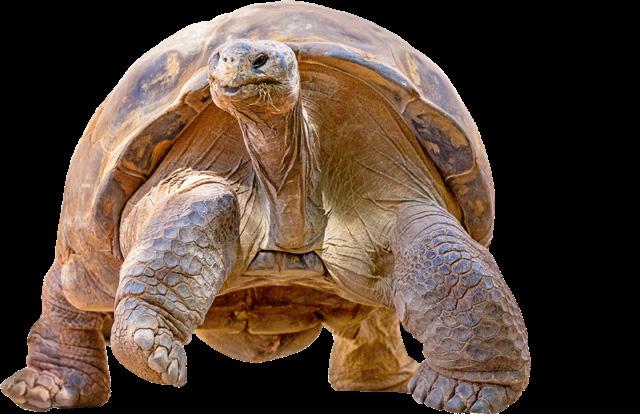
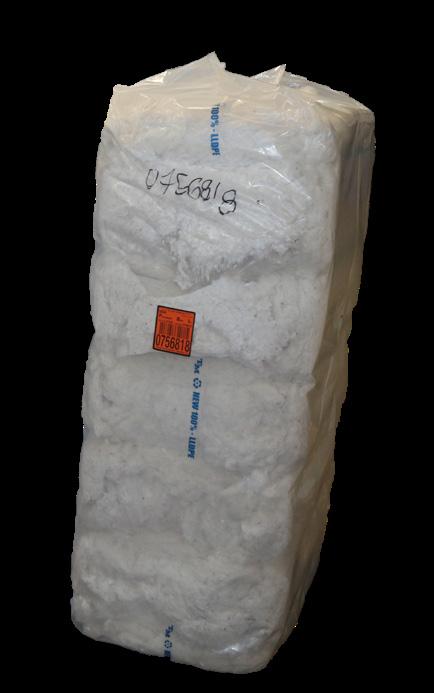
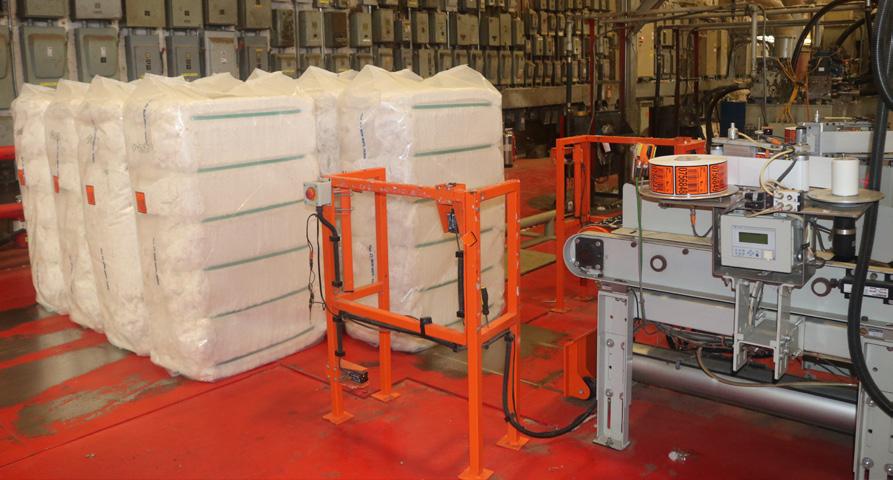
GrowinG Deeper
The cotton gin was created by Eli Whitney in 1793. It revolutionized the cotton industry by greatly speeding up the process of removing seeds and husks from cotton fibers. The cotton gin replaced the work of 50 workers.

Every part of the cotton plant is used! Did you know cotton is also in our furniture for stuffing? The leftovers from the cotton gin (dried plant parts and small seeds) are used for farm animal feed and fertilizer. Cotton is even in our computers! Many people know cotton is used for our clothes, but cotton is in many other products.
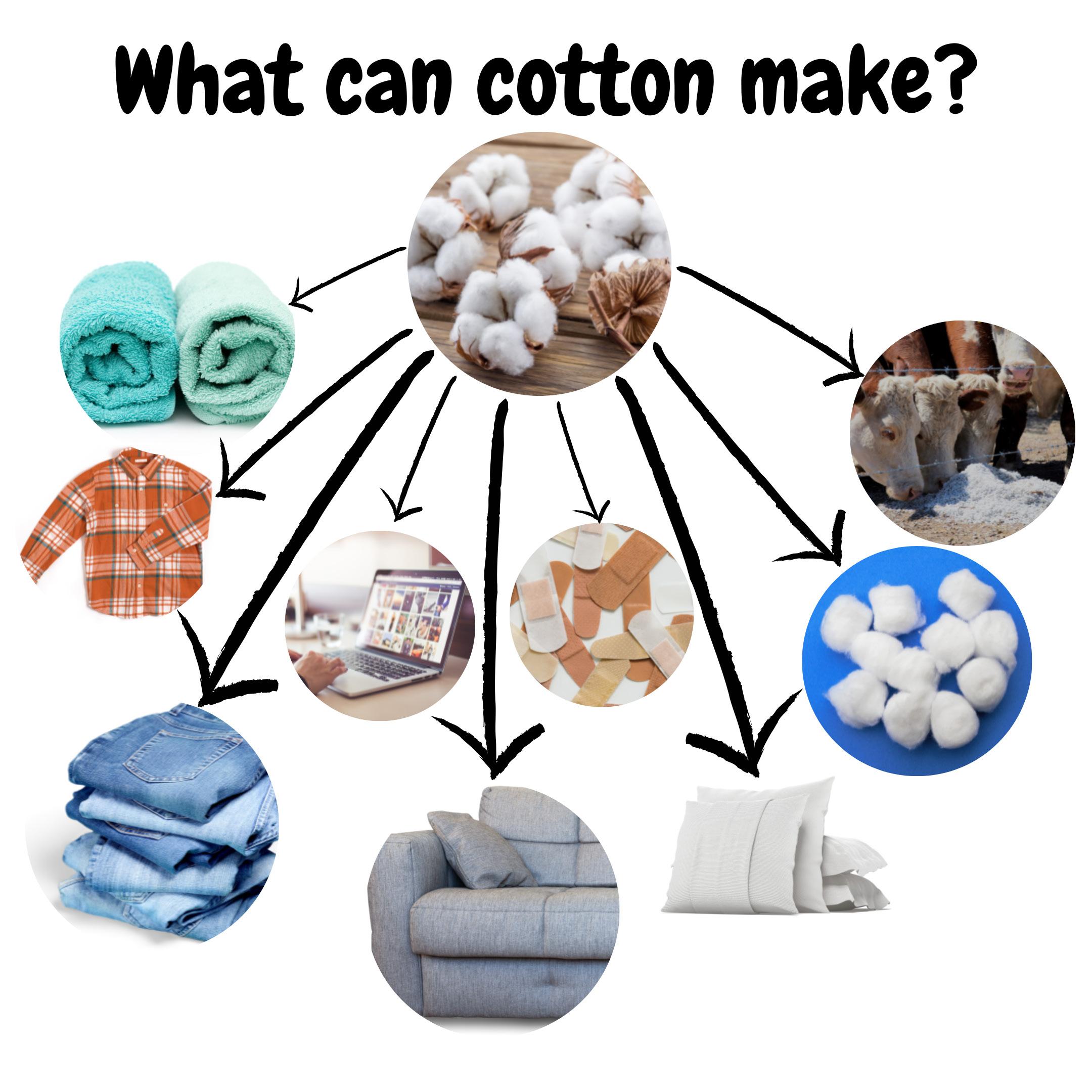


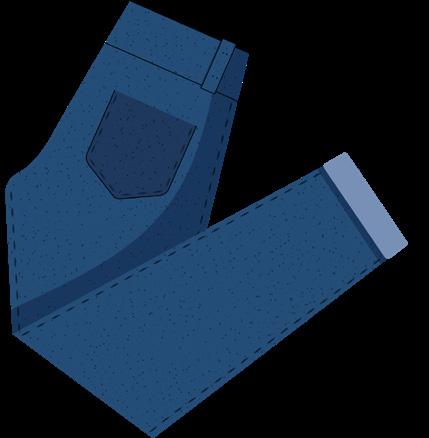
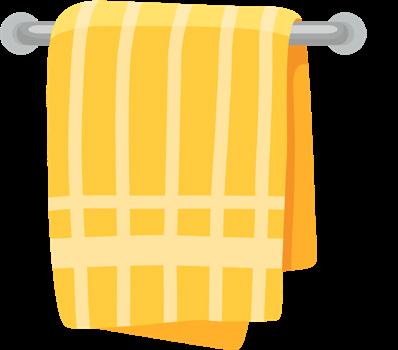
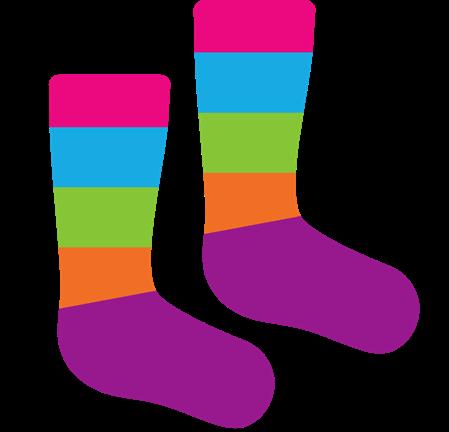

Growing cotton on our family farm is not easy, but our family loves it! As Dad says, “Farming is not just a job, but a way of life.” Hopefully our family farm will continue to grow cotton and other crops important to Georgia’s agriculture far into the future.
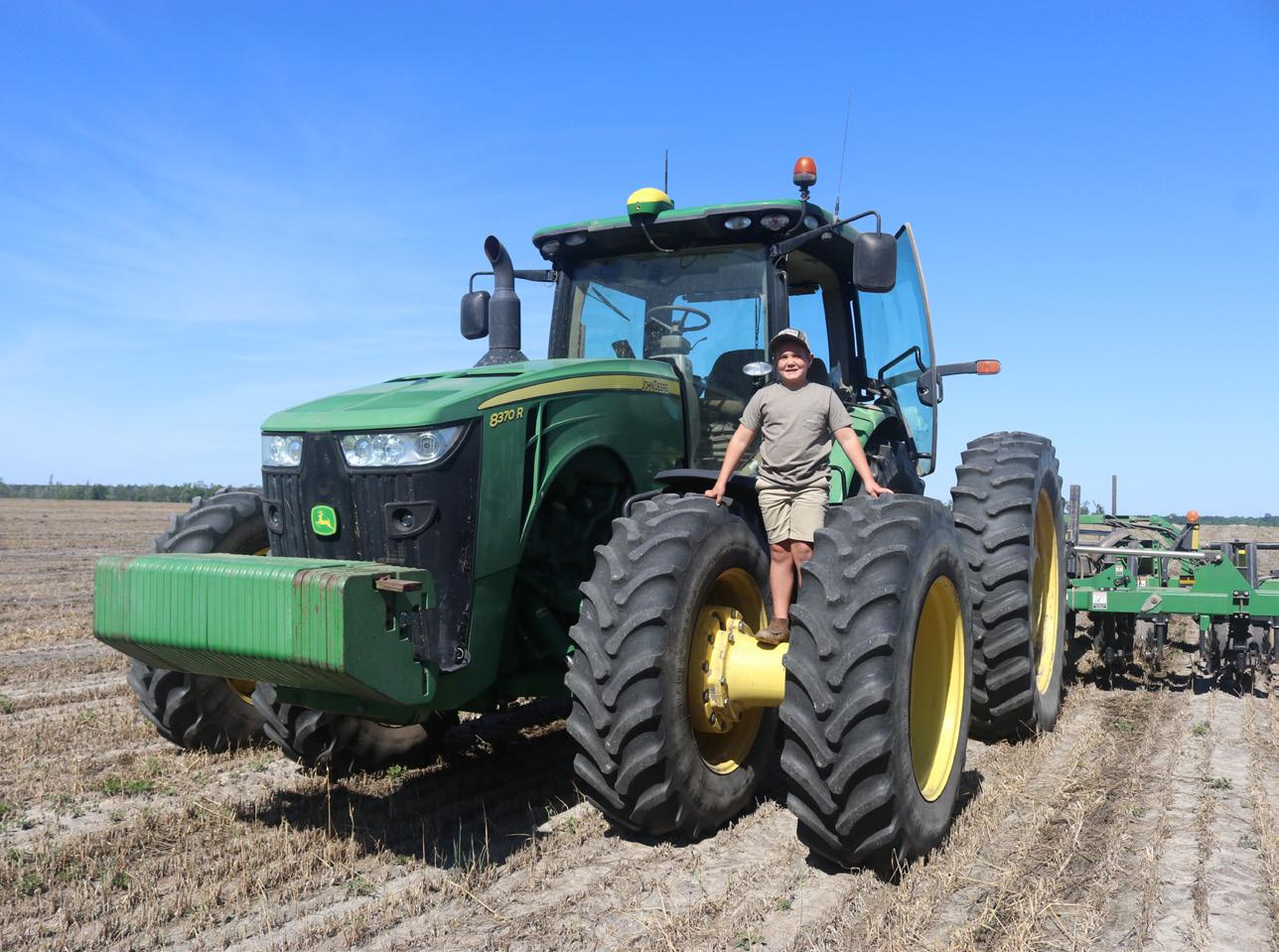

Glossary
Acre: a unit of measuring land; about the size of a football field.
Bale: a tightly packed bundle of hay, cotton, or other crops; allows farmers to move and weigh easily.
Cotton: a common southern plant grown on farms; soft, white fibers (or small strings) that are used to make many products. Cotton boll: rounded, mature fruit where the white fibers (or small strings) and seeds grow.
Cotton gin: a machine that separates the cottonseed from the cotton fiber.
Crop: a plant grown for food or human use.
Harvest: the process of gathering crops, removing them from the place where they have grown.
Hypoallergenic: does not cause an allergic reaction. Fertilizer: a substance packed with nutrients and other things that plants need to grow; like vitamins for humans. Fiber: small strings or threads usually from a plant material. Irrigate: the action of giving water to crops on a farm. Irrigation System: moving water to crops on a farm; does not include natural rain.
Machine: a device, or tool, that helps people do work.
Pest: a harmful insect or another animal that attacks crops, food, and livestock.
Pivot: on a farm, a giant sprinkler used to bring water to the crops.
Product: an item that is made from putting other items together; usually something people buy and use. Sprout: when the seed starts growing and breaks through the ground.
Fun Facts About Cotton
Cotton has been used for over 7,000 years.








United States ‘paper’ money is made out of 75% cotton and 25% linen.
Cotton is used more than any other fiber in the world.
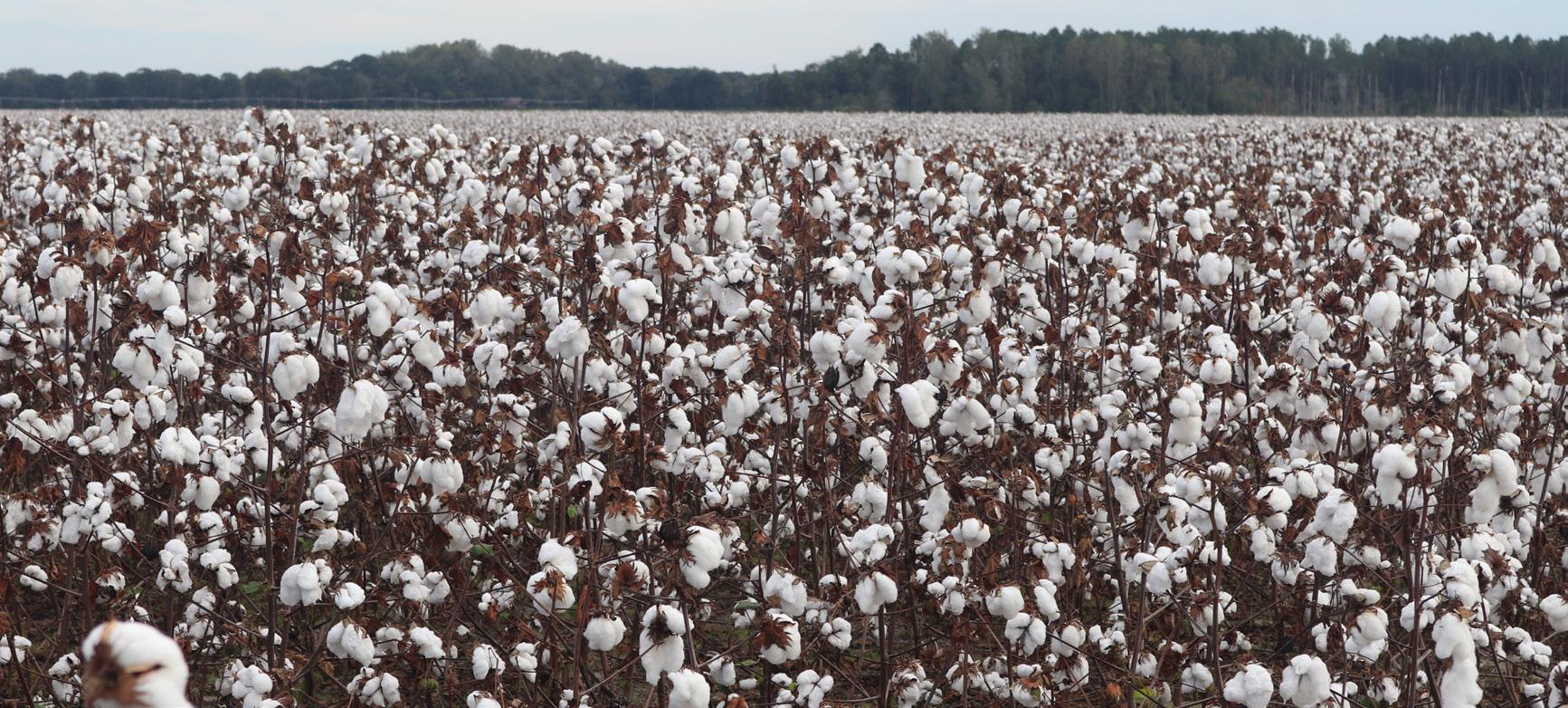
Cotton has hundreds of uses from daily use to industrial use.
Cottonseed gets crushed into three different products: oil, meal, and hulls.
Cotton is the leading row crop in Georgia.
Thomas Edison used cotton filaments in the first commercial light bulb.
The whole cotton plant gets used.
